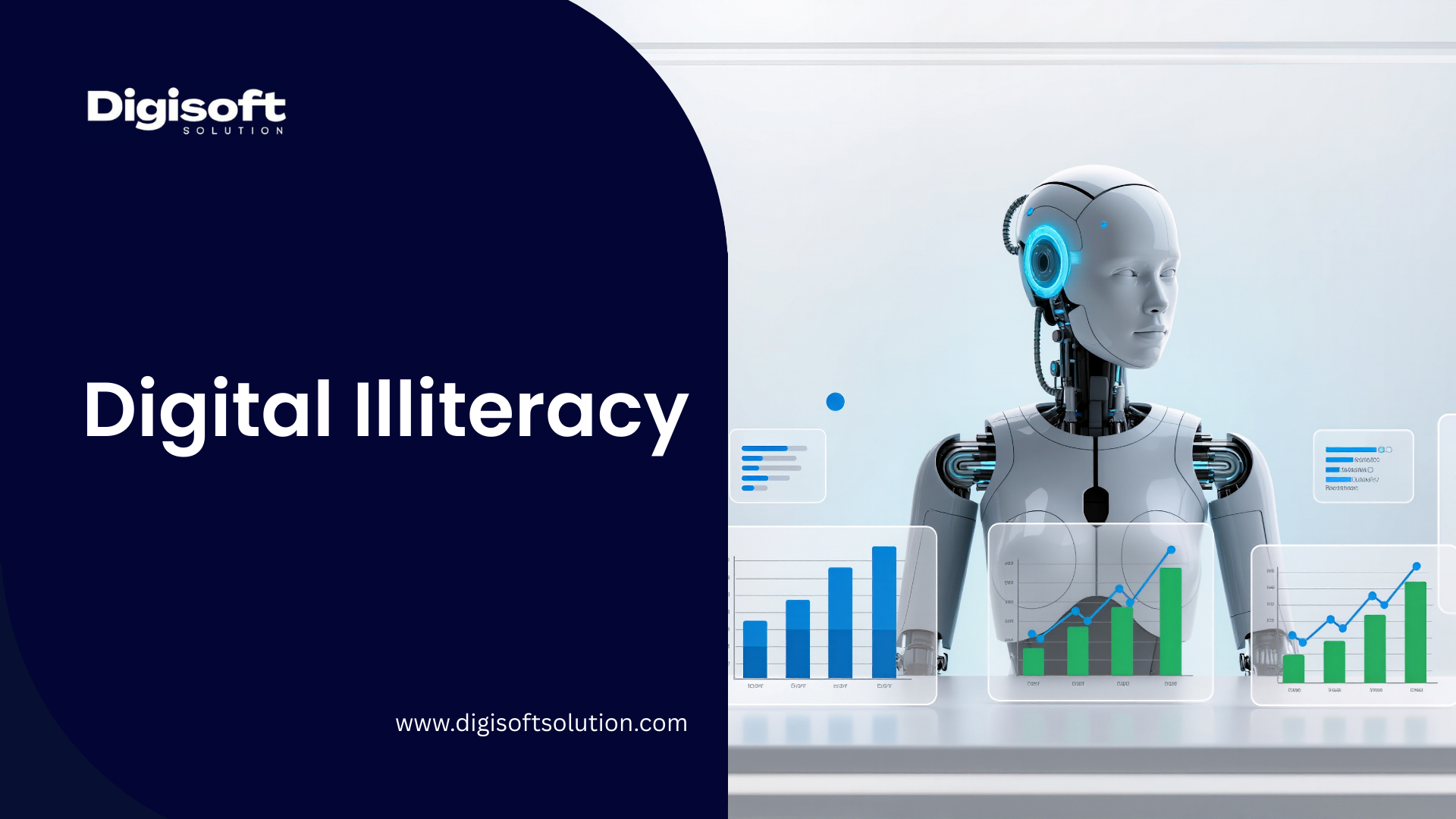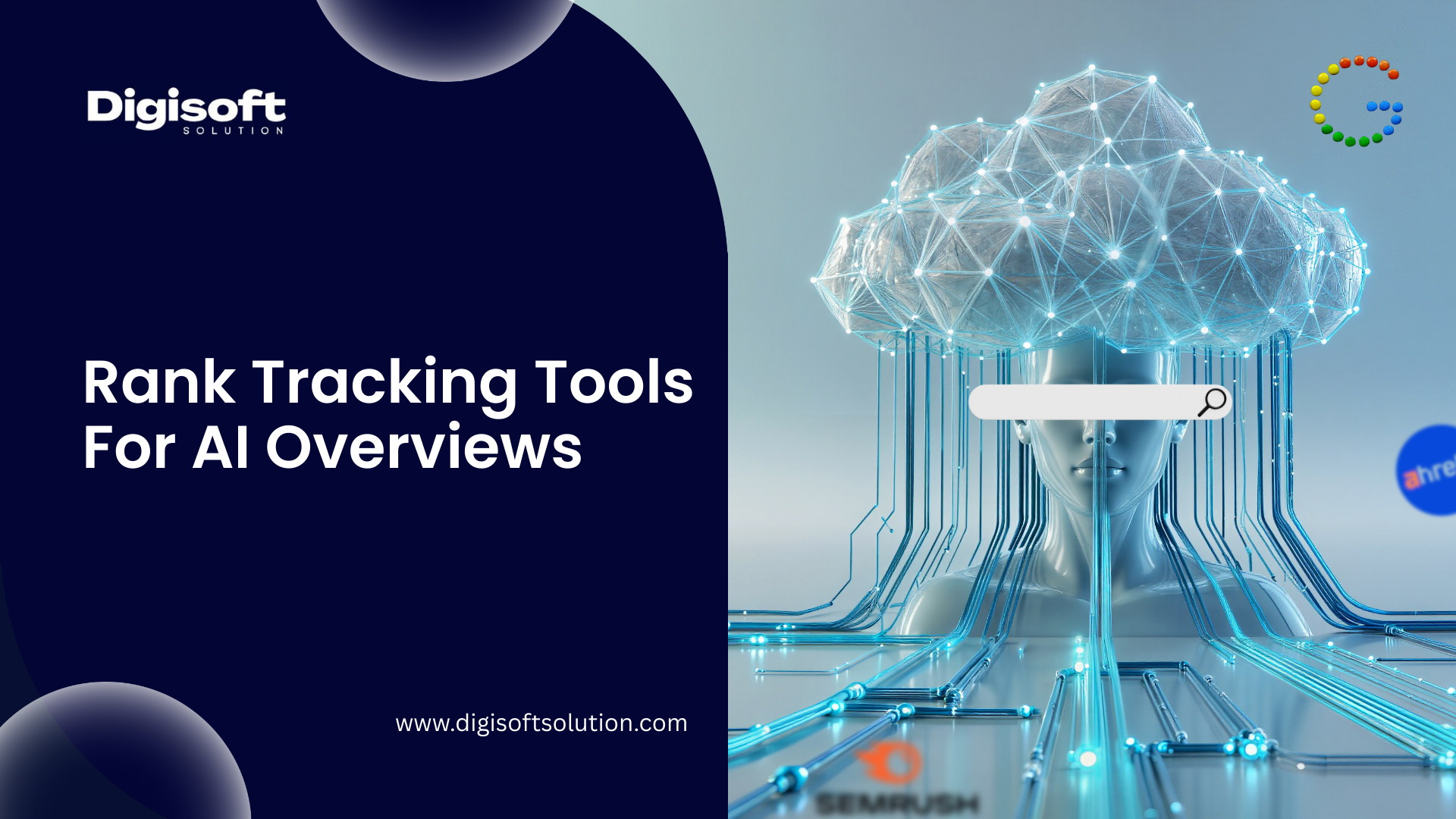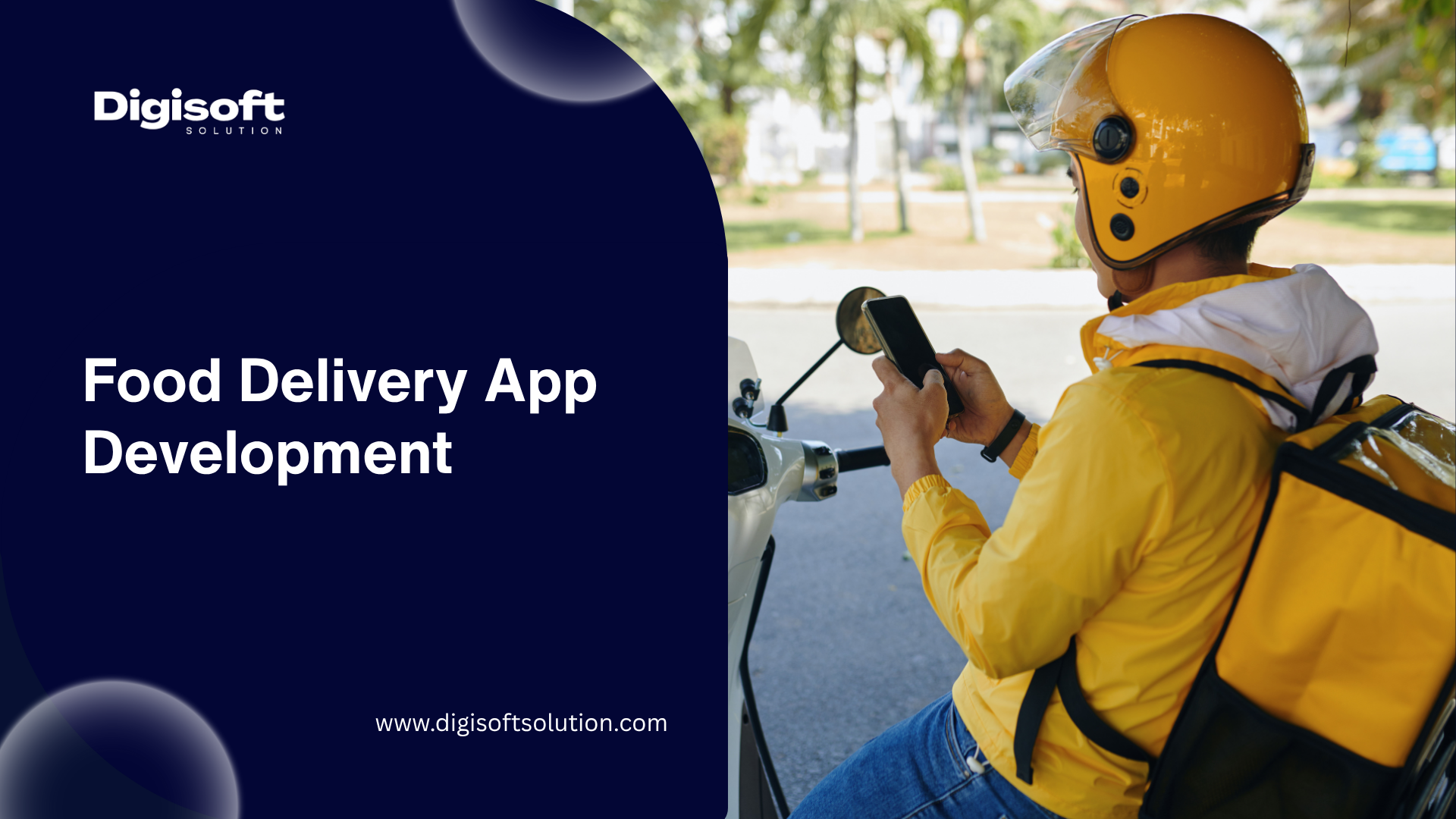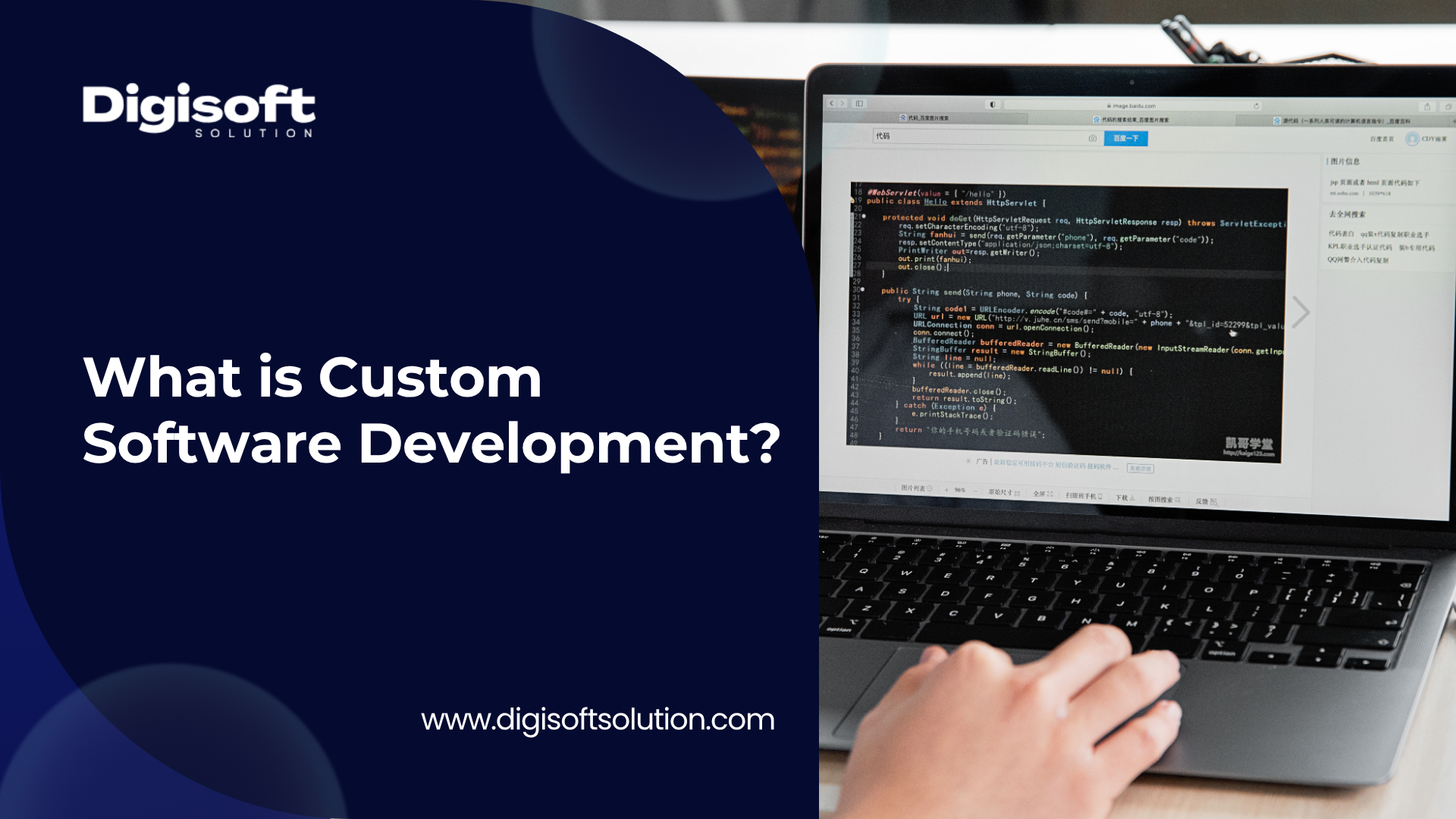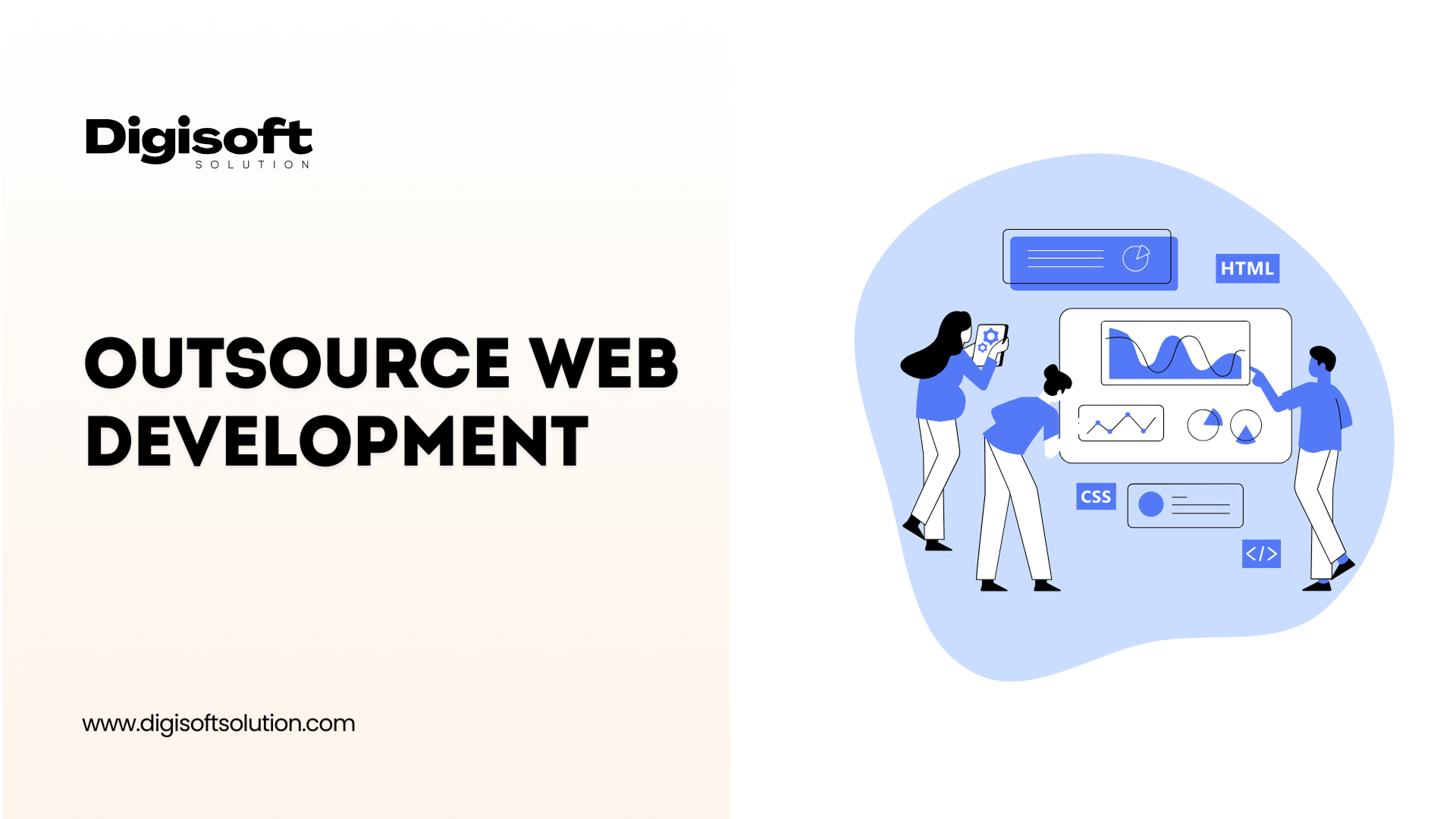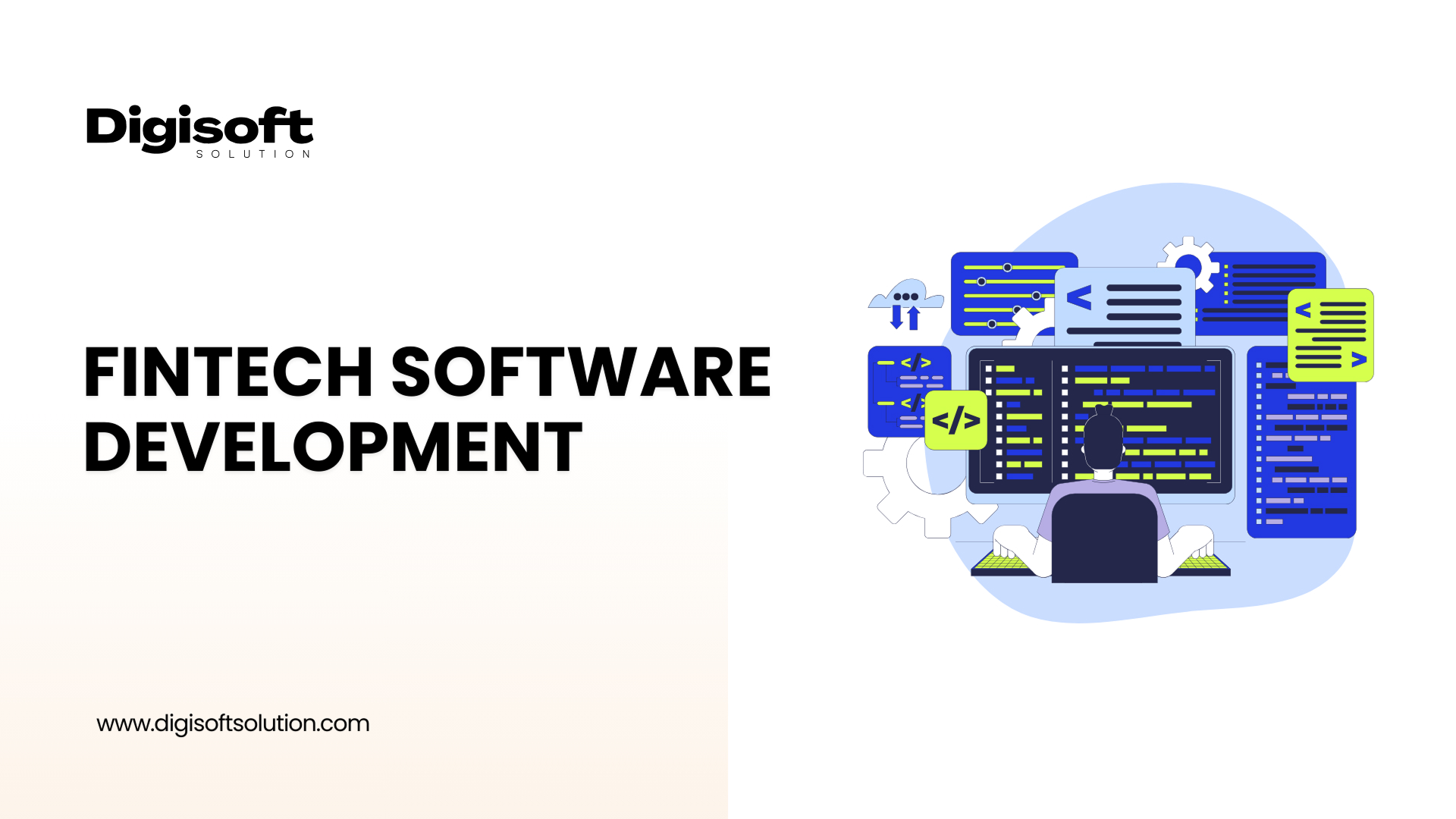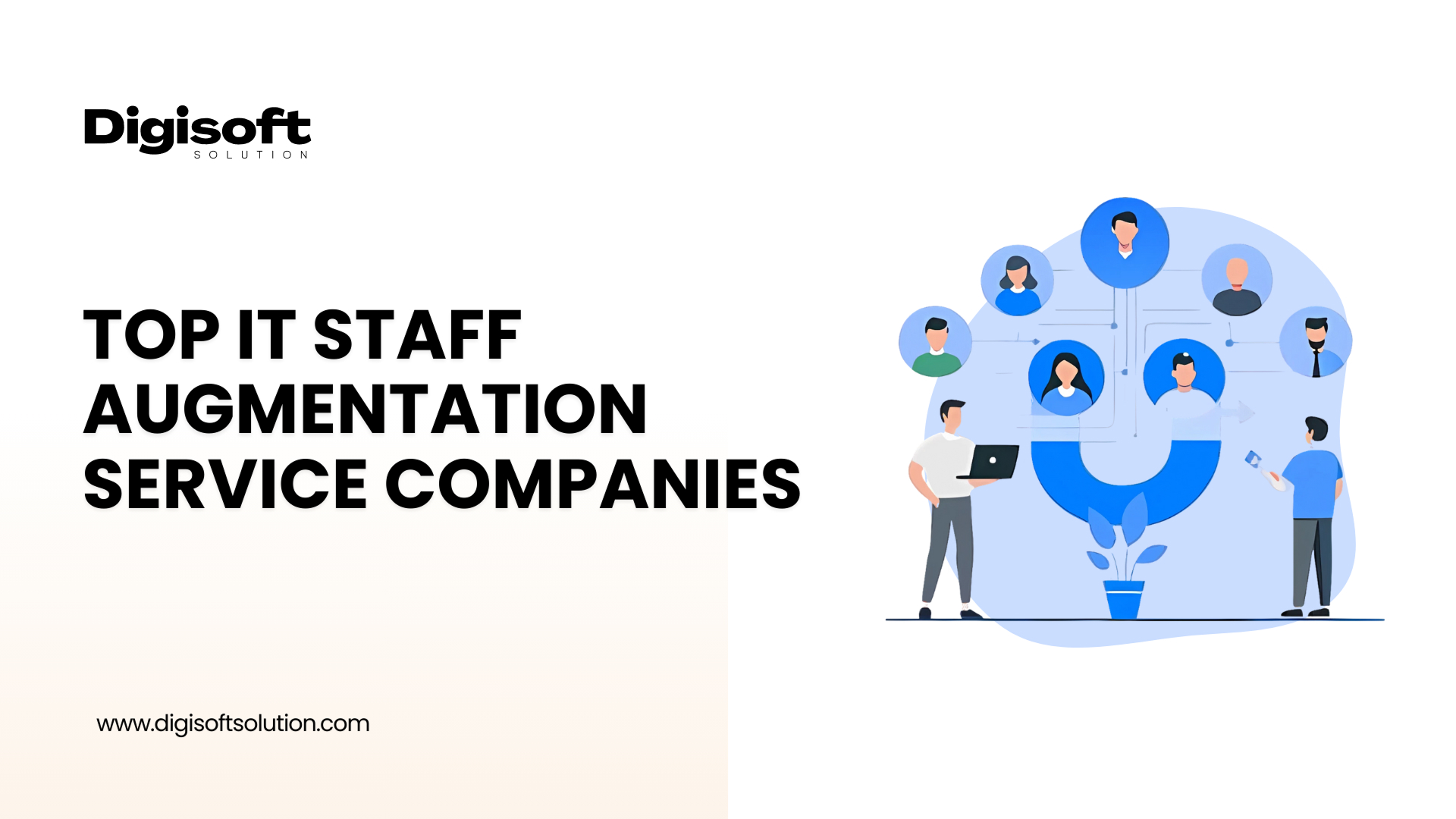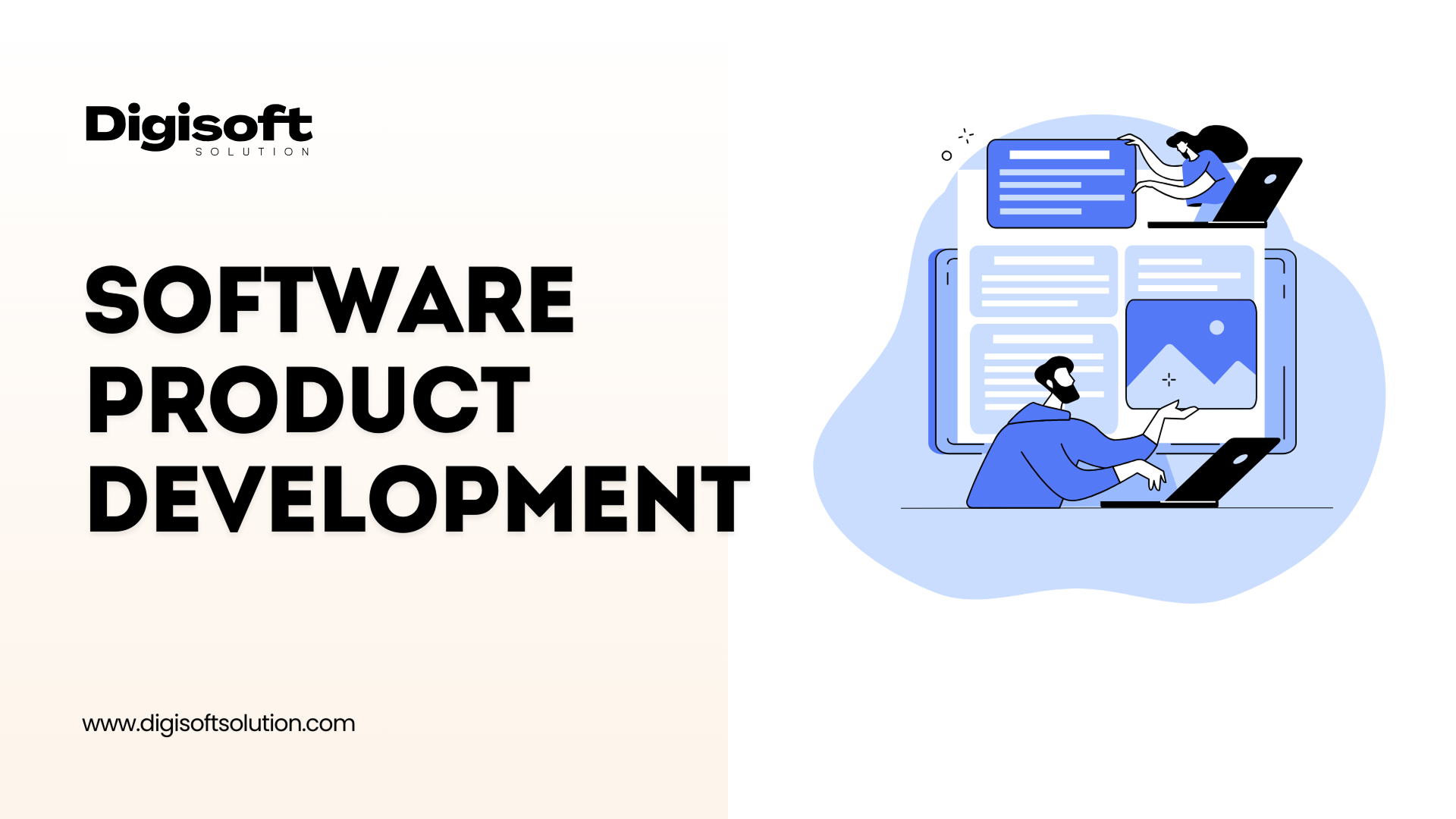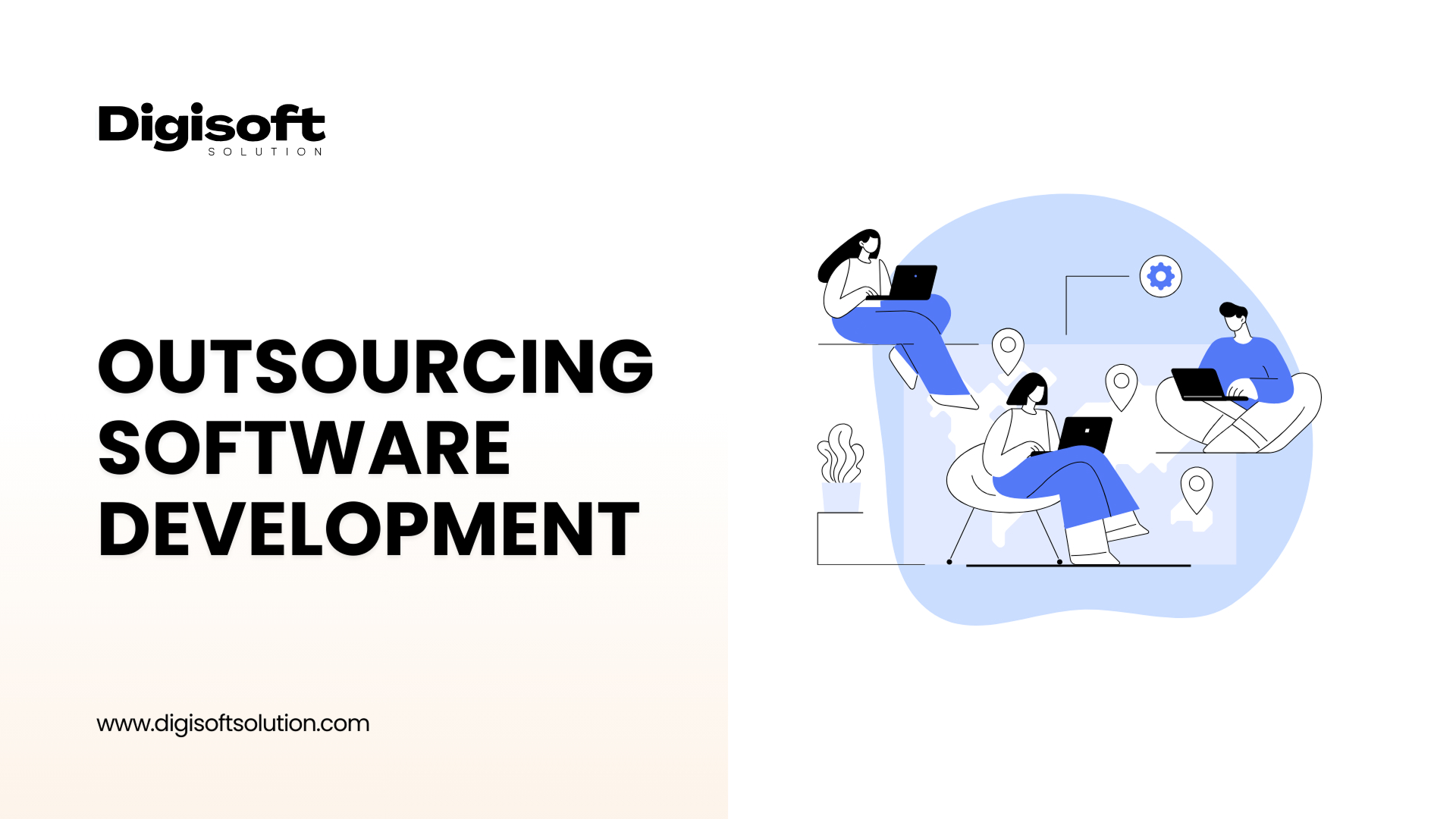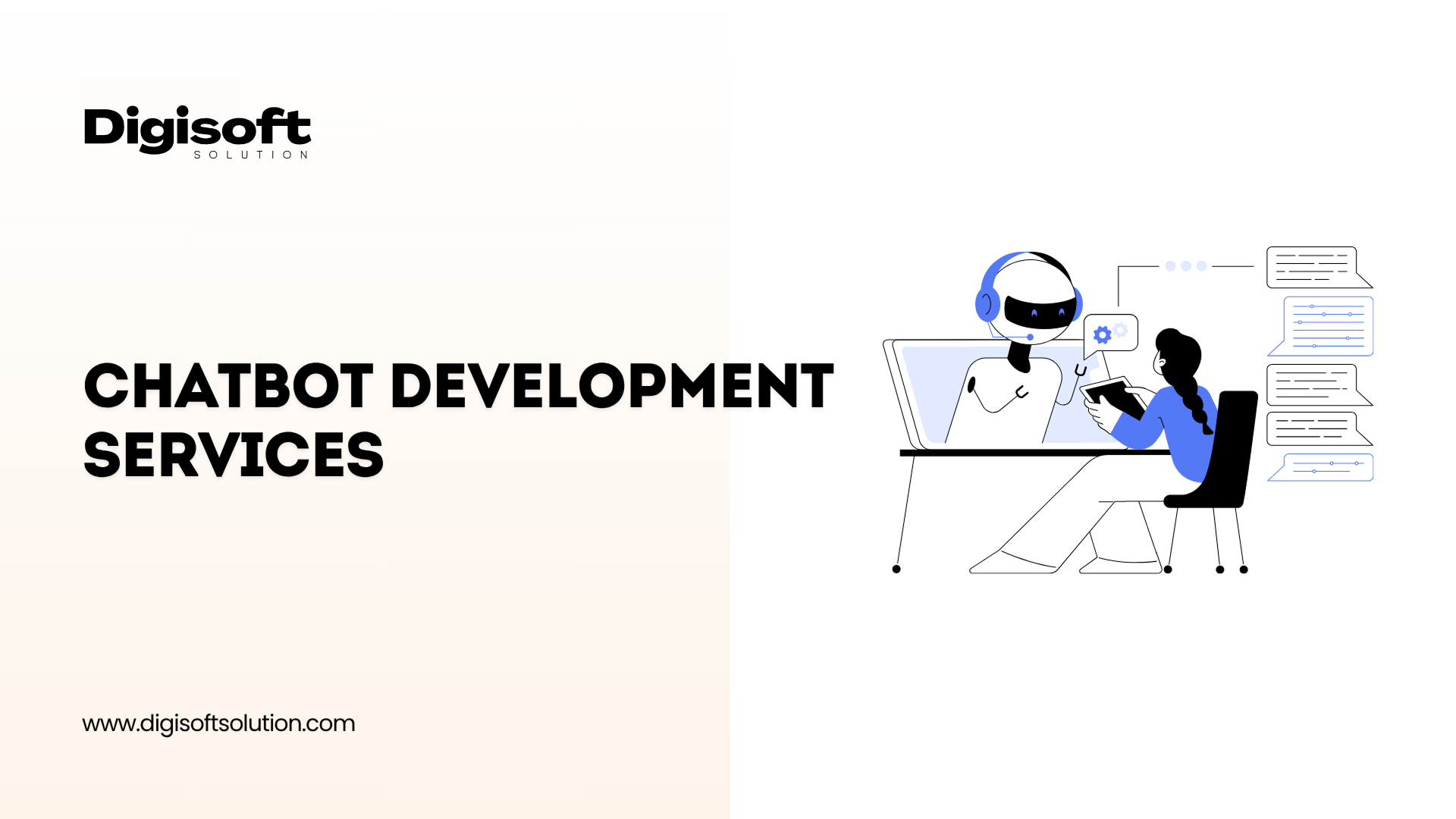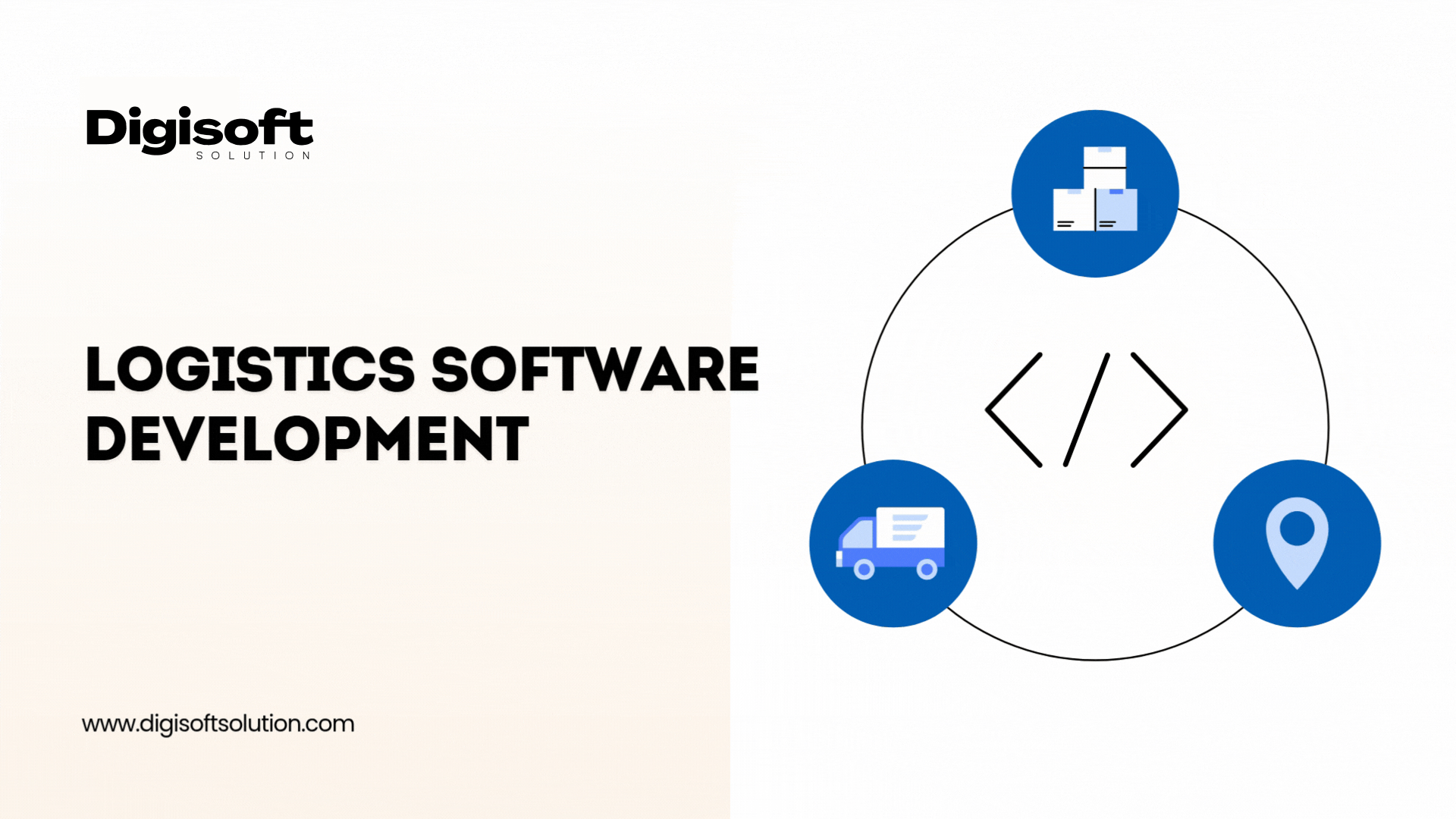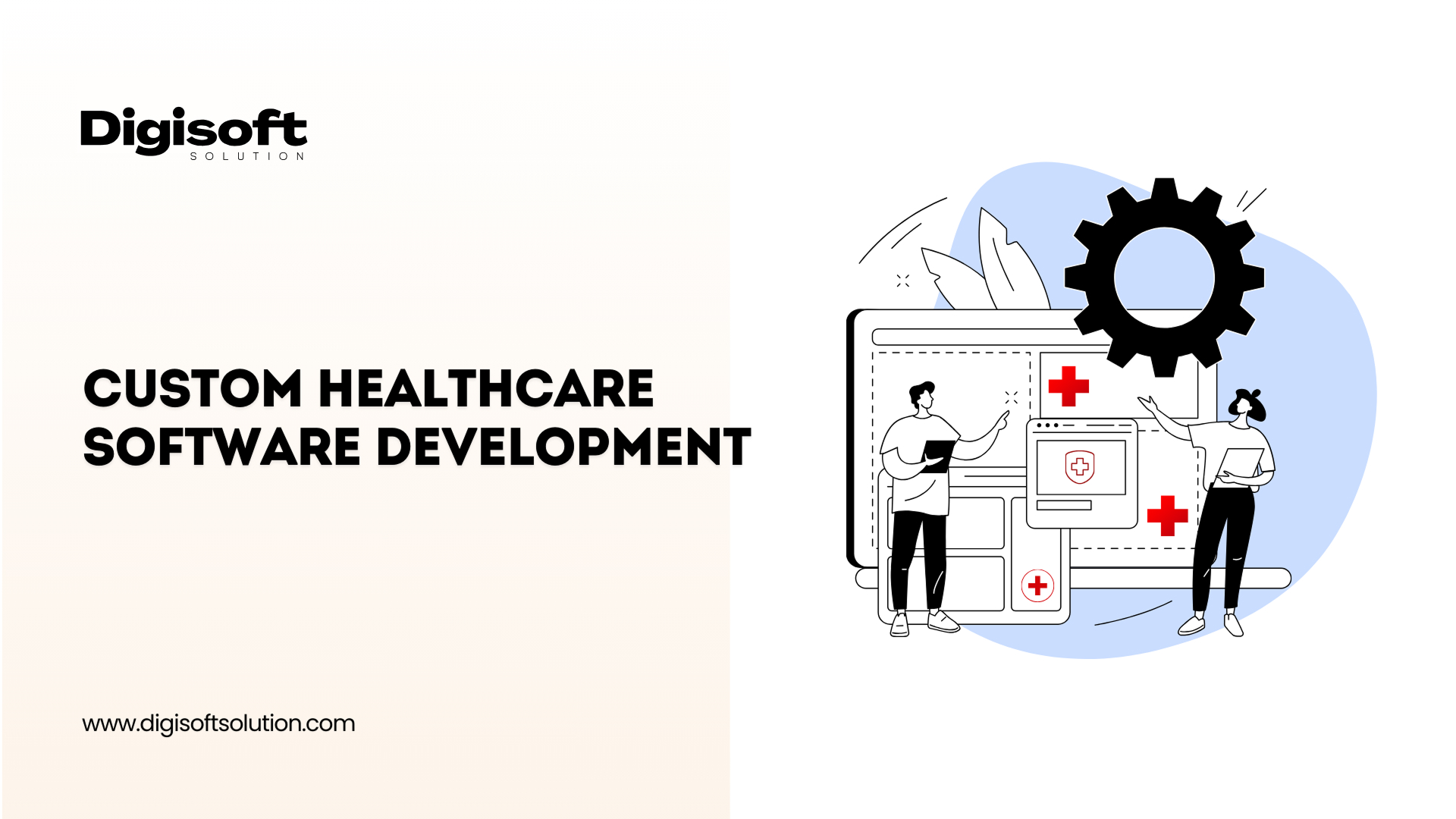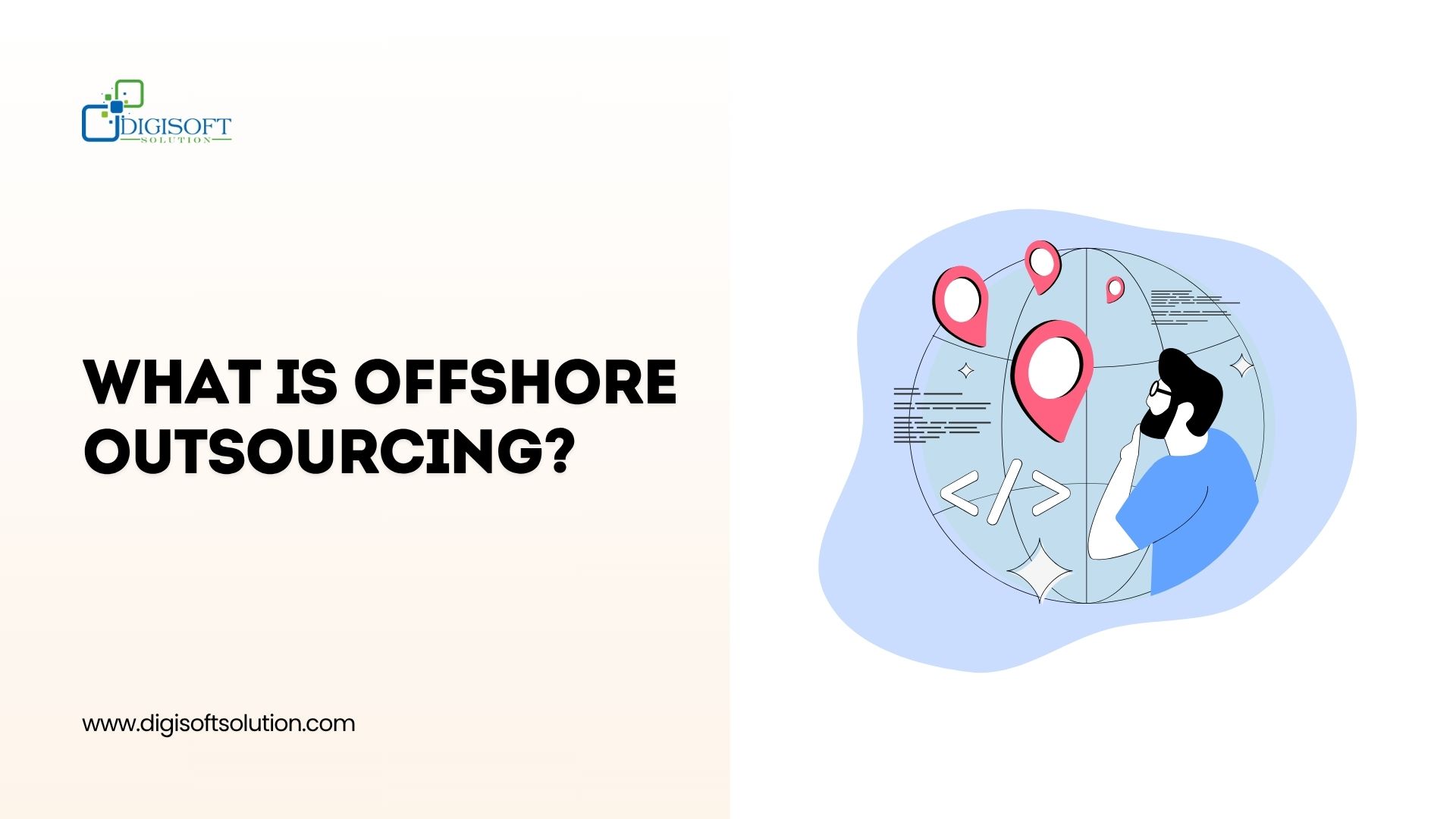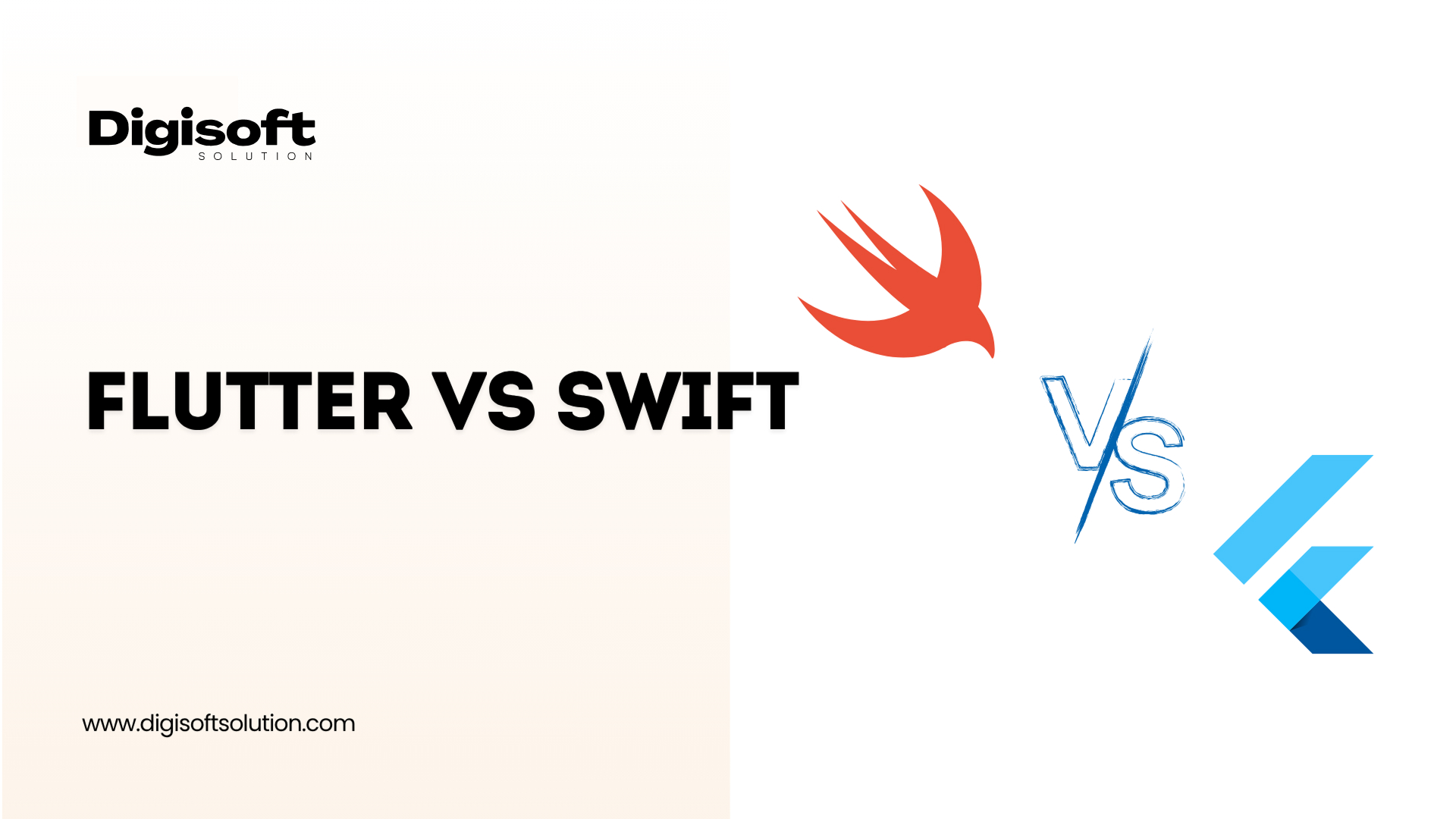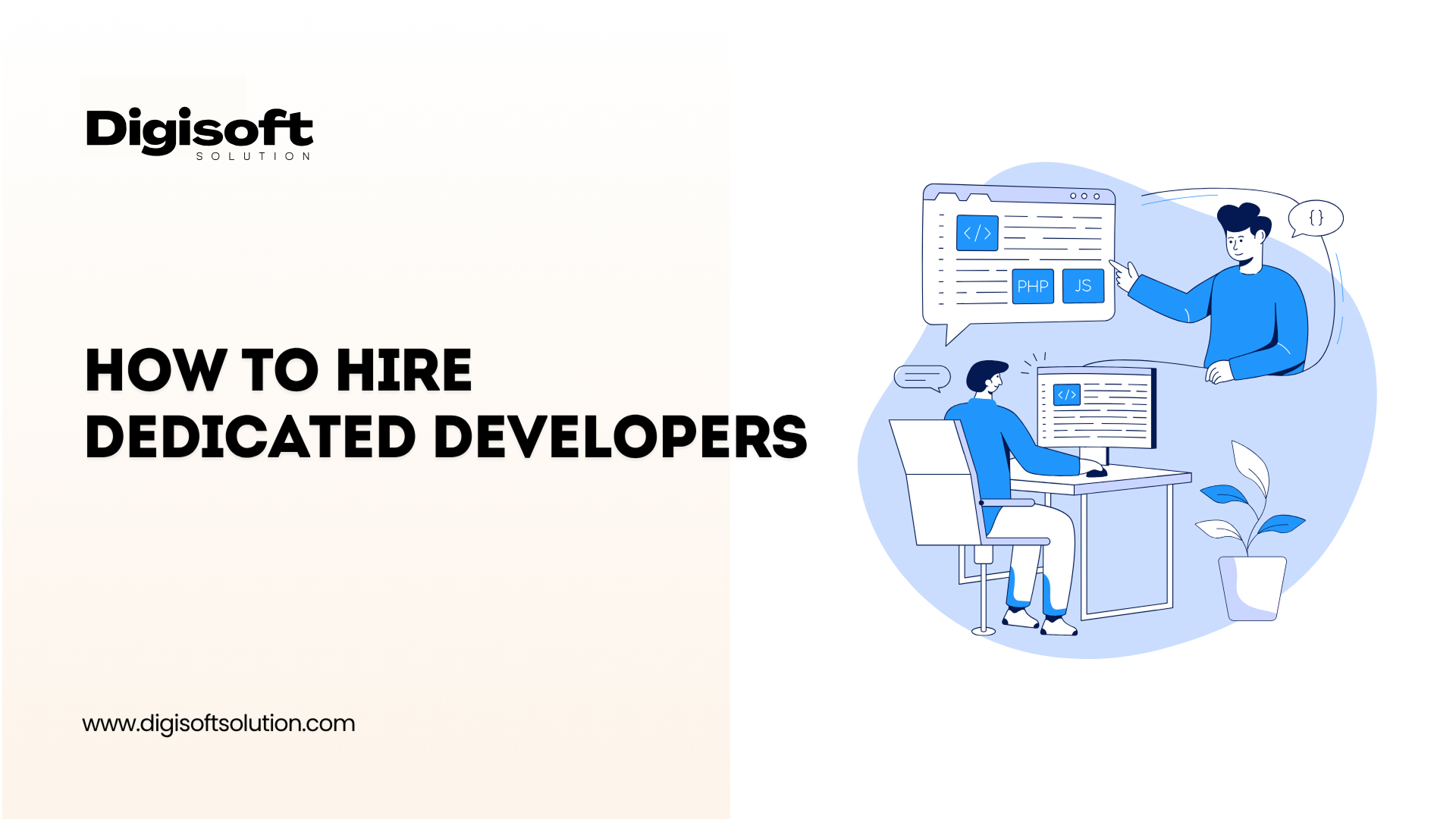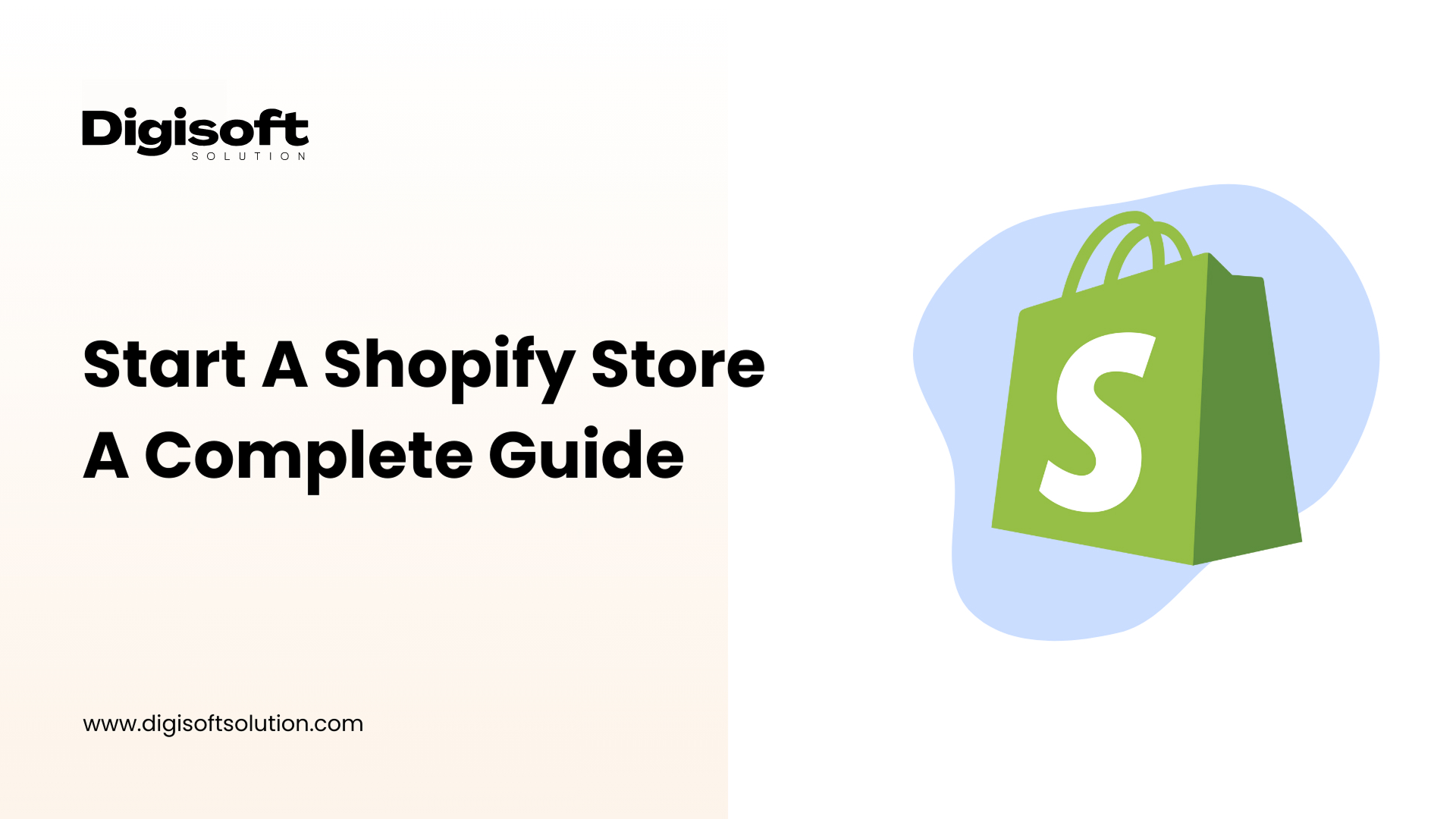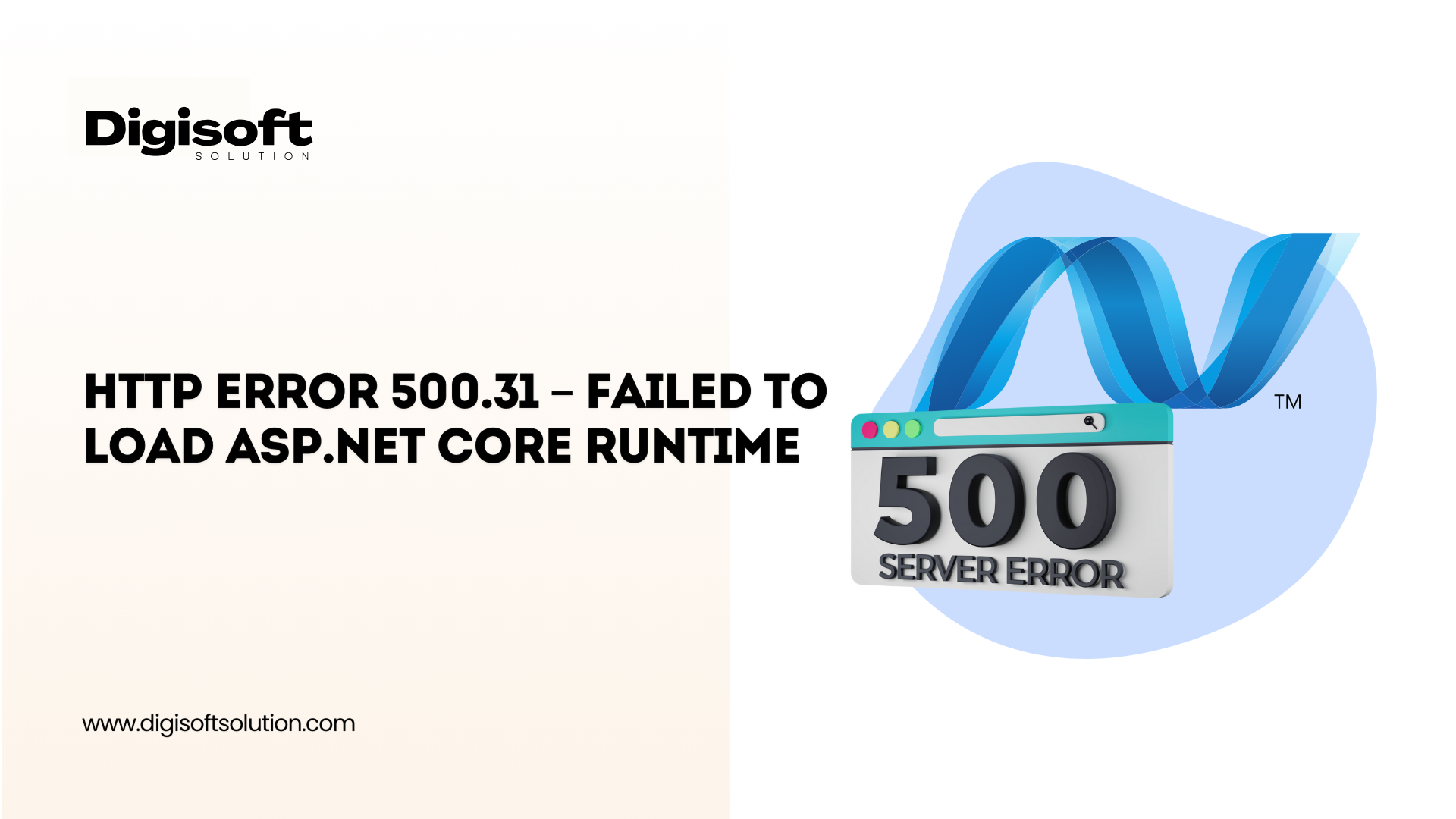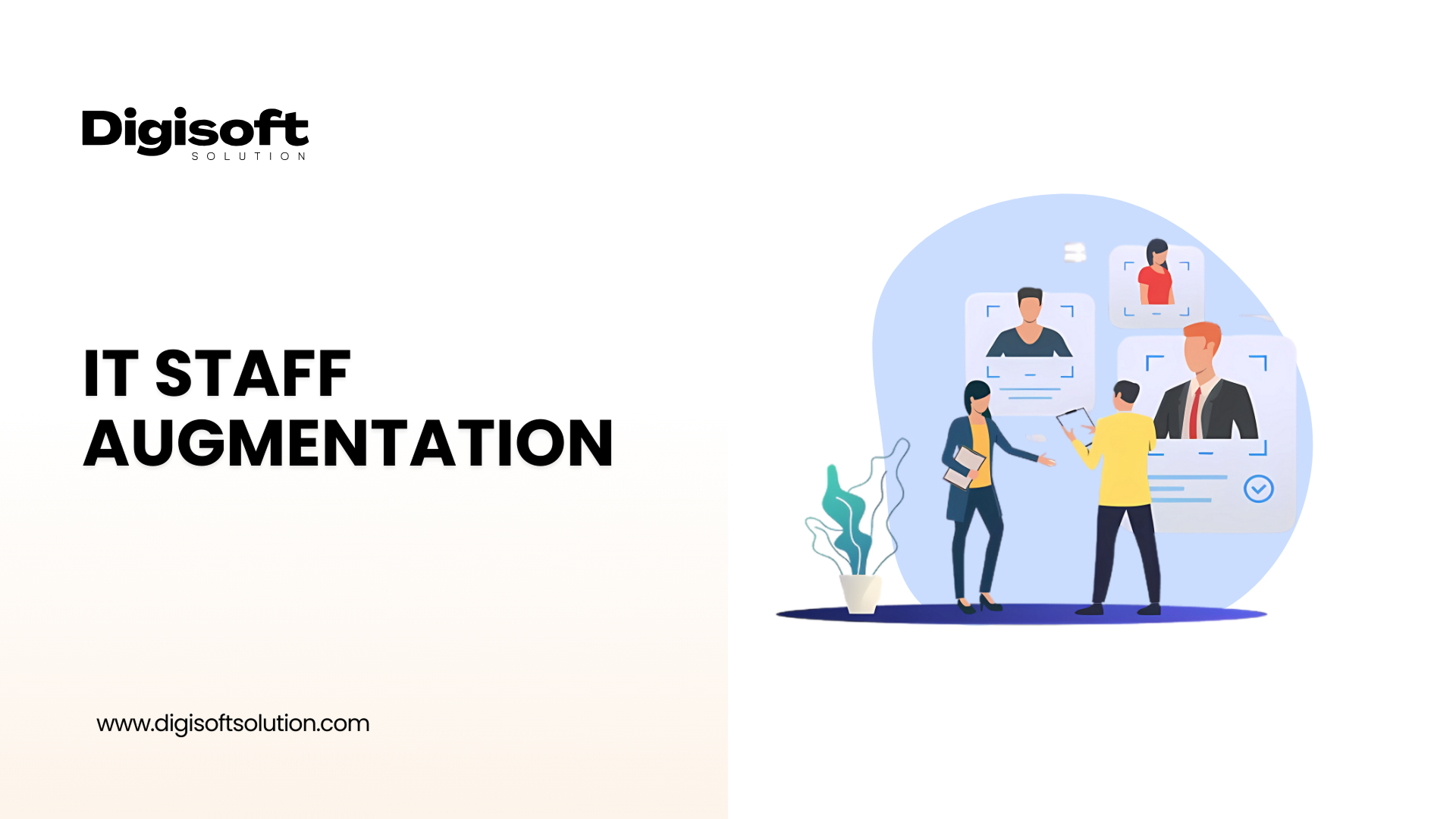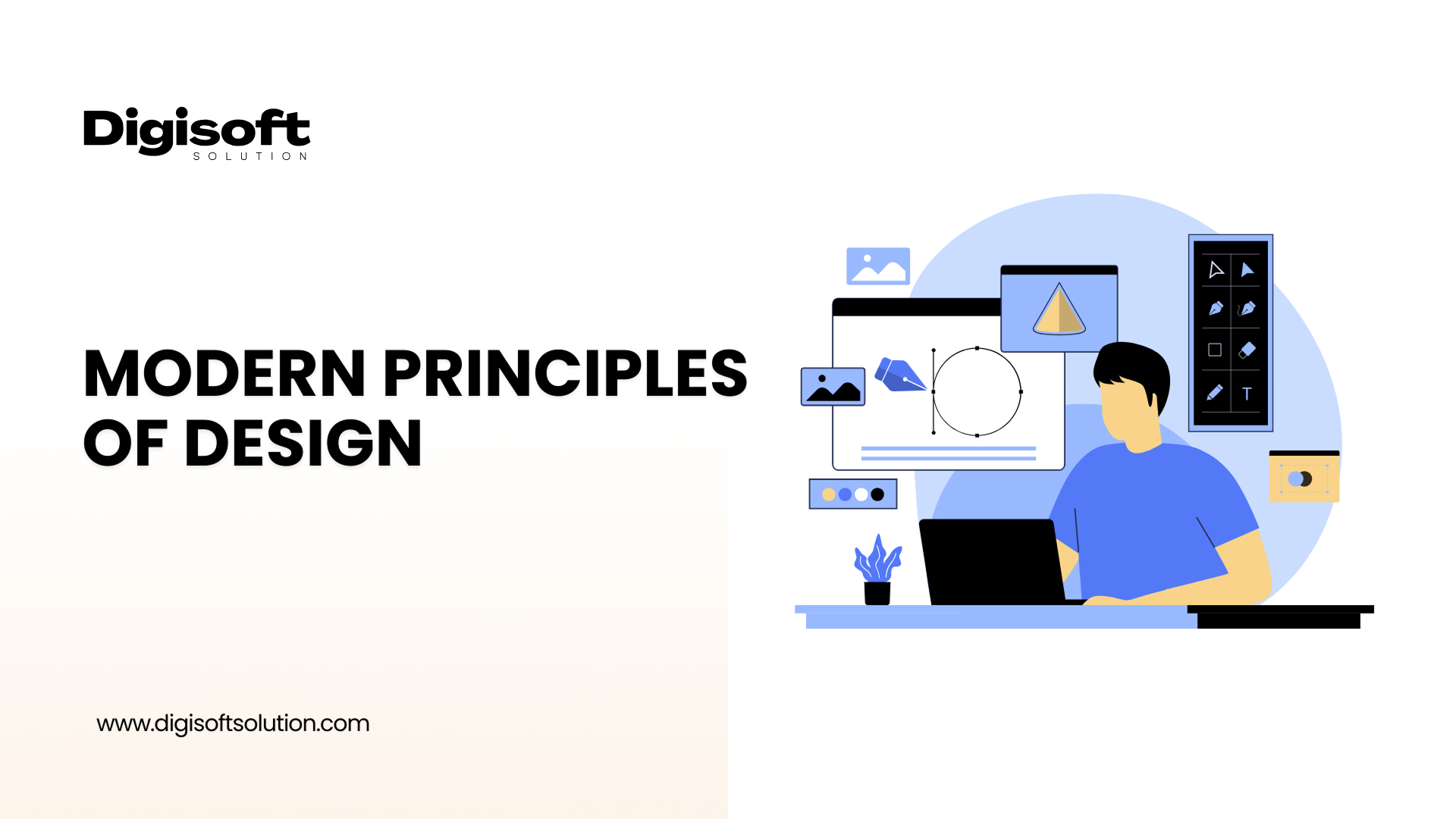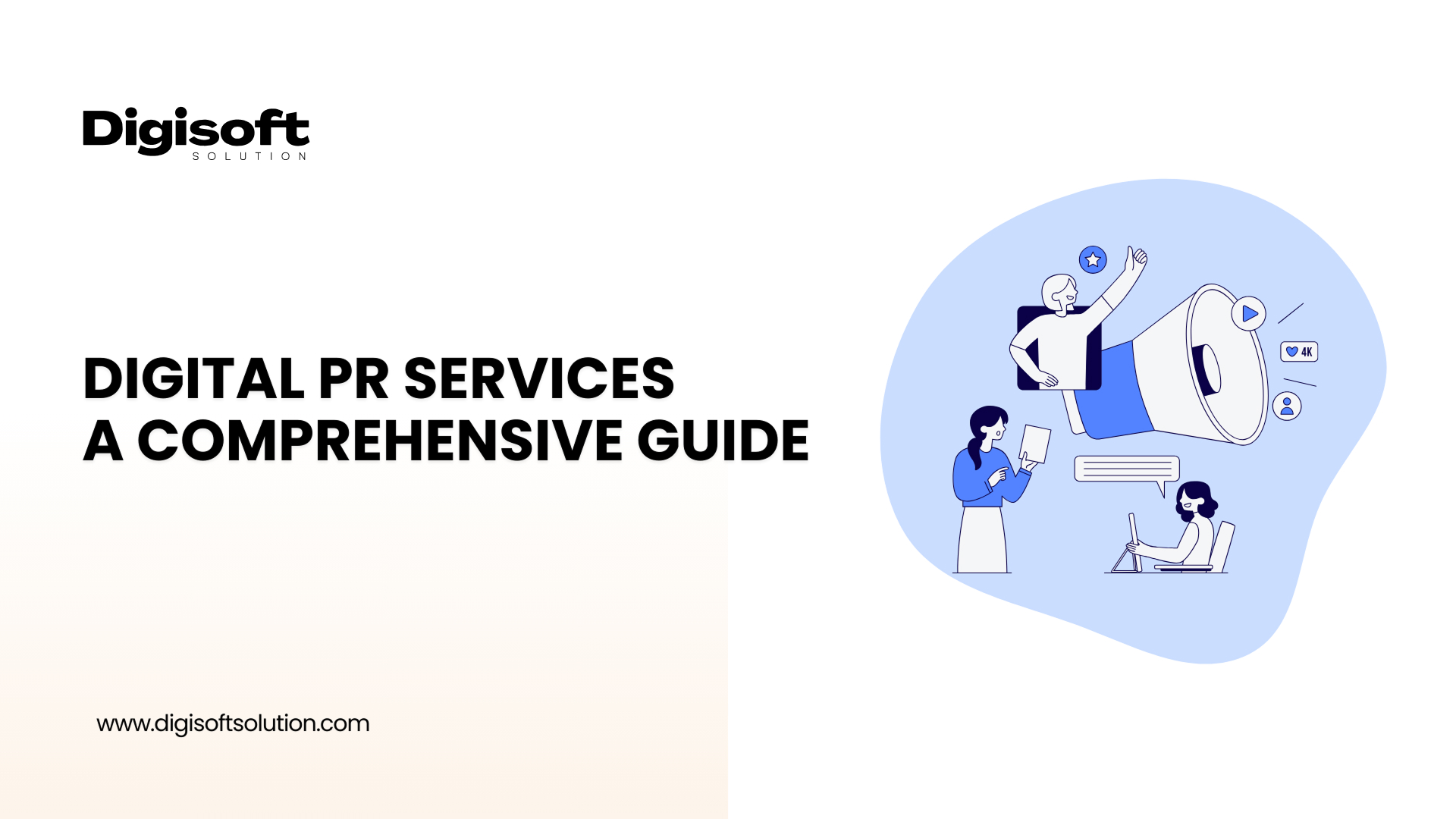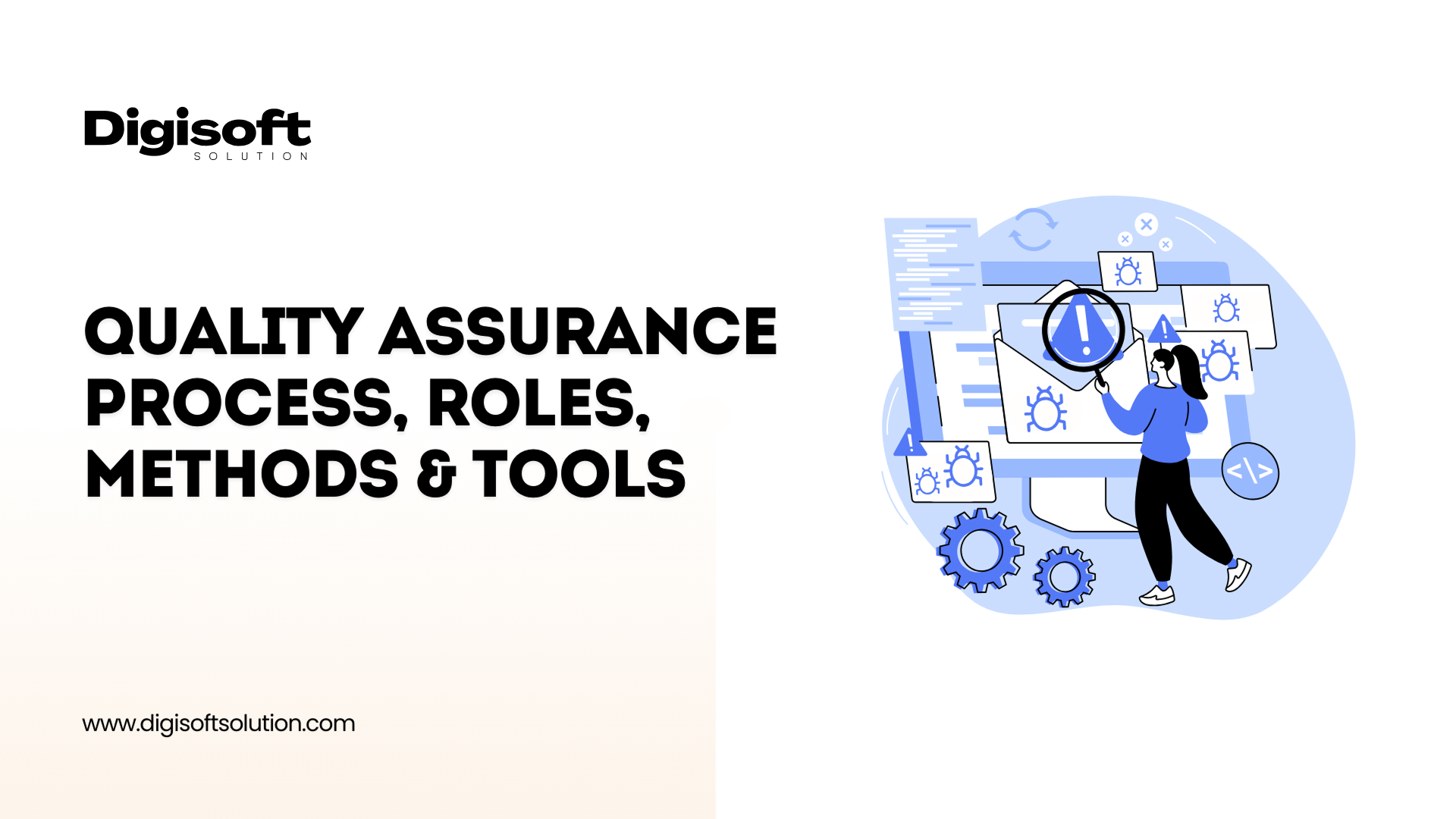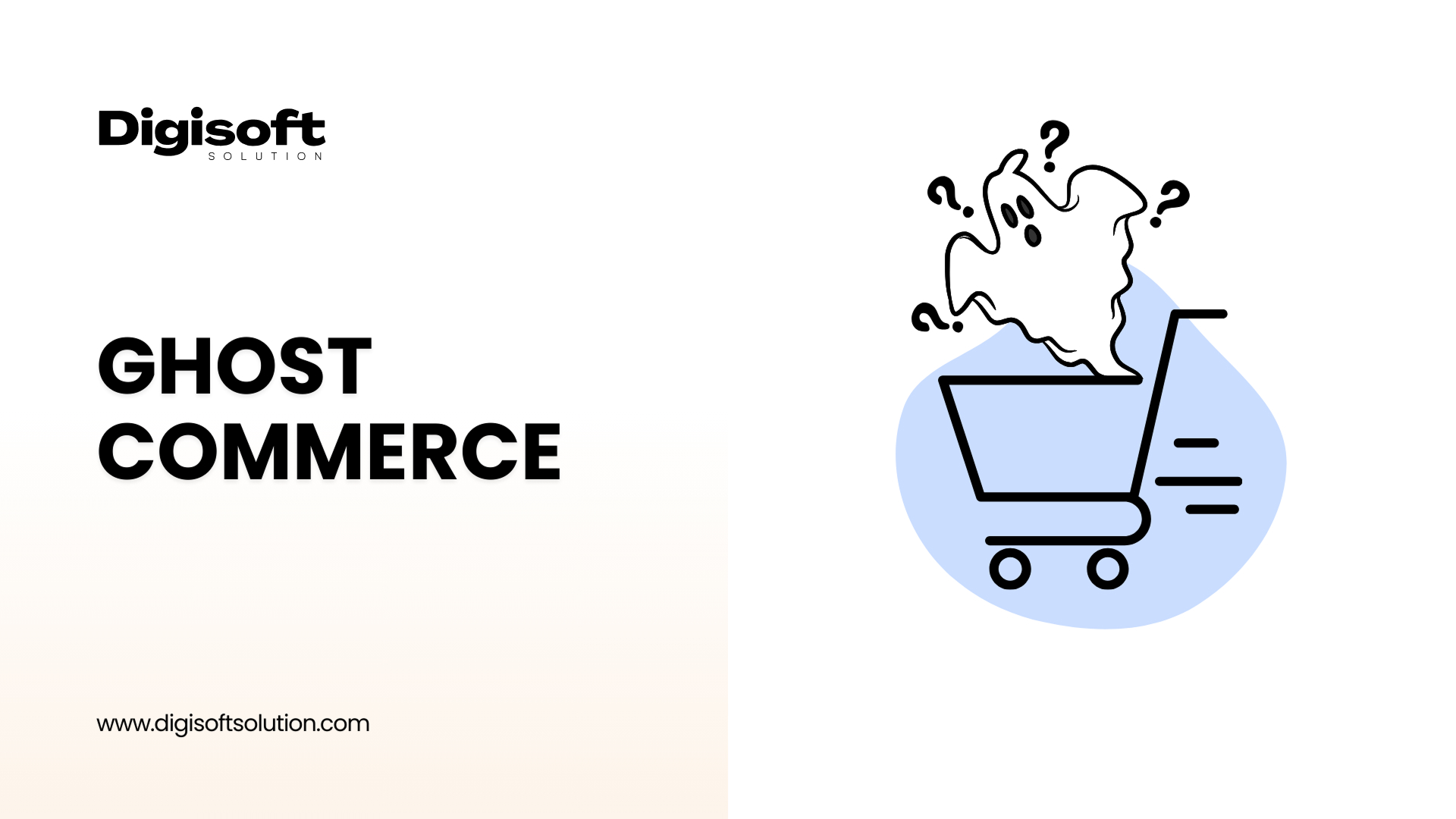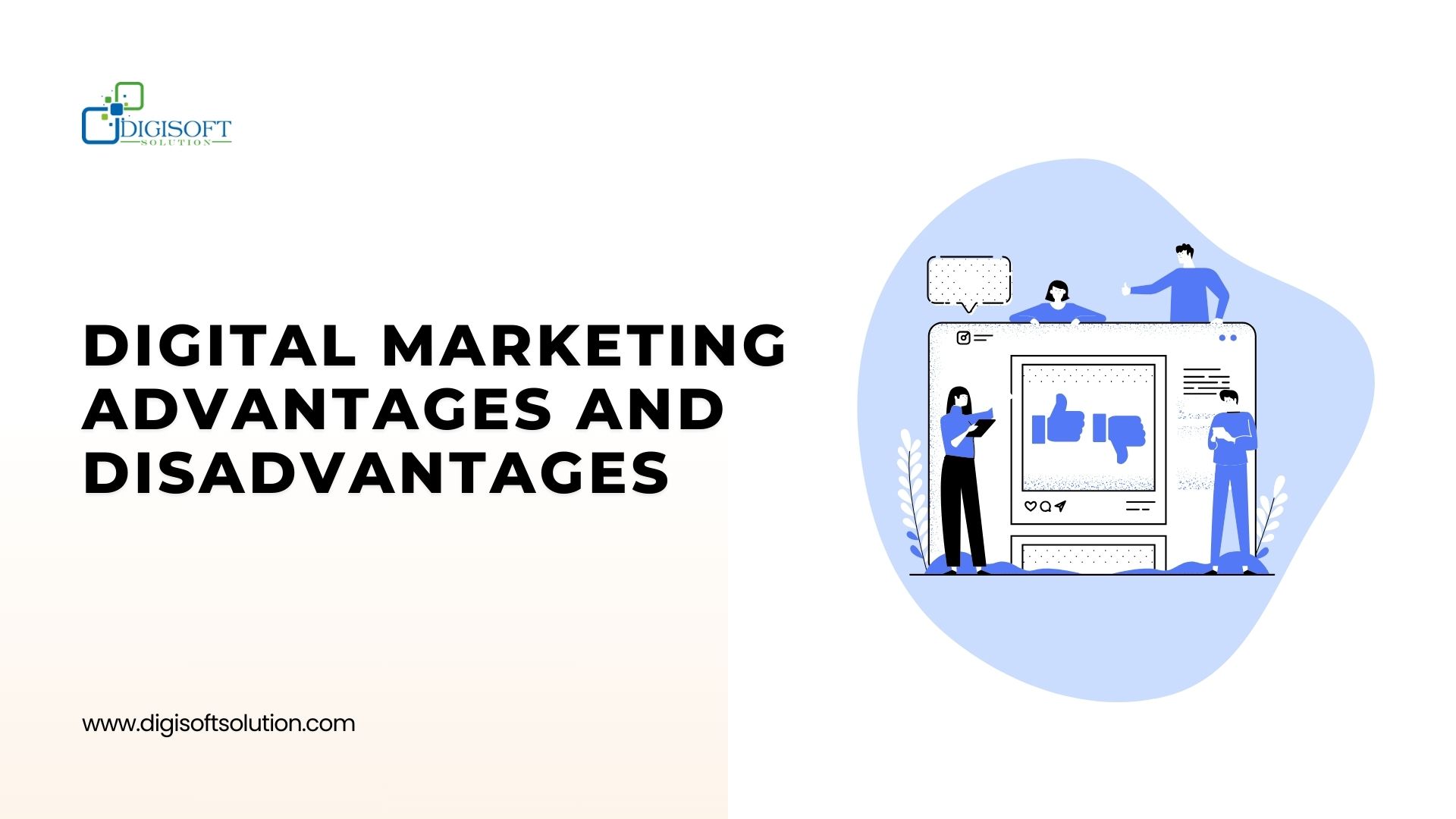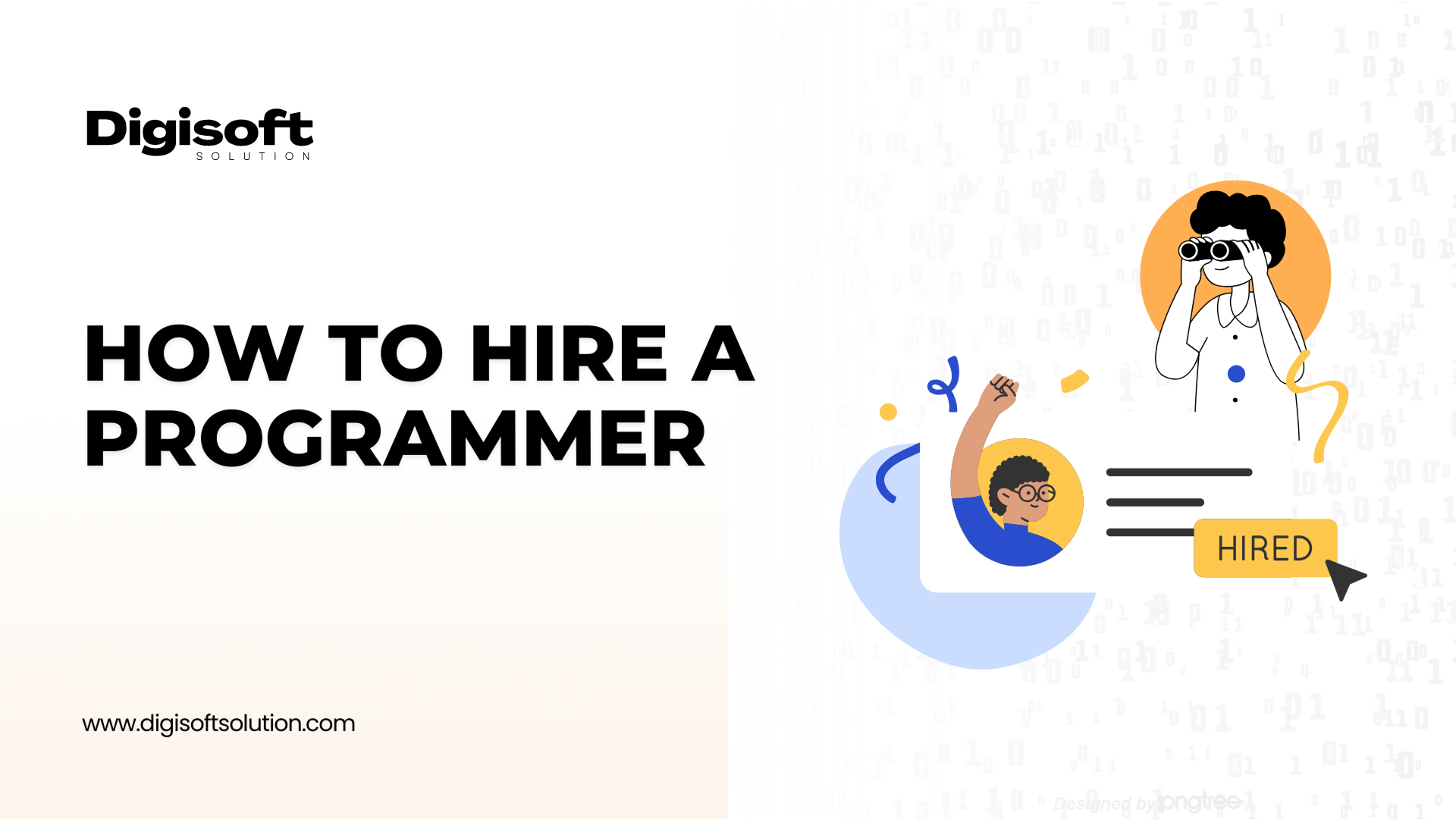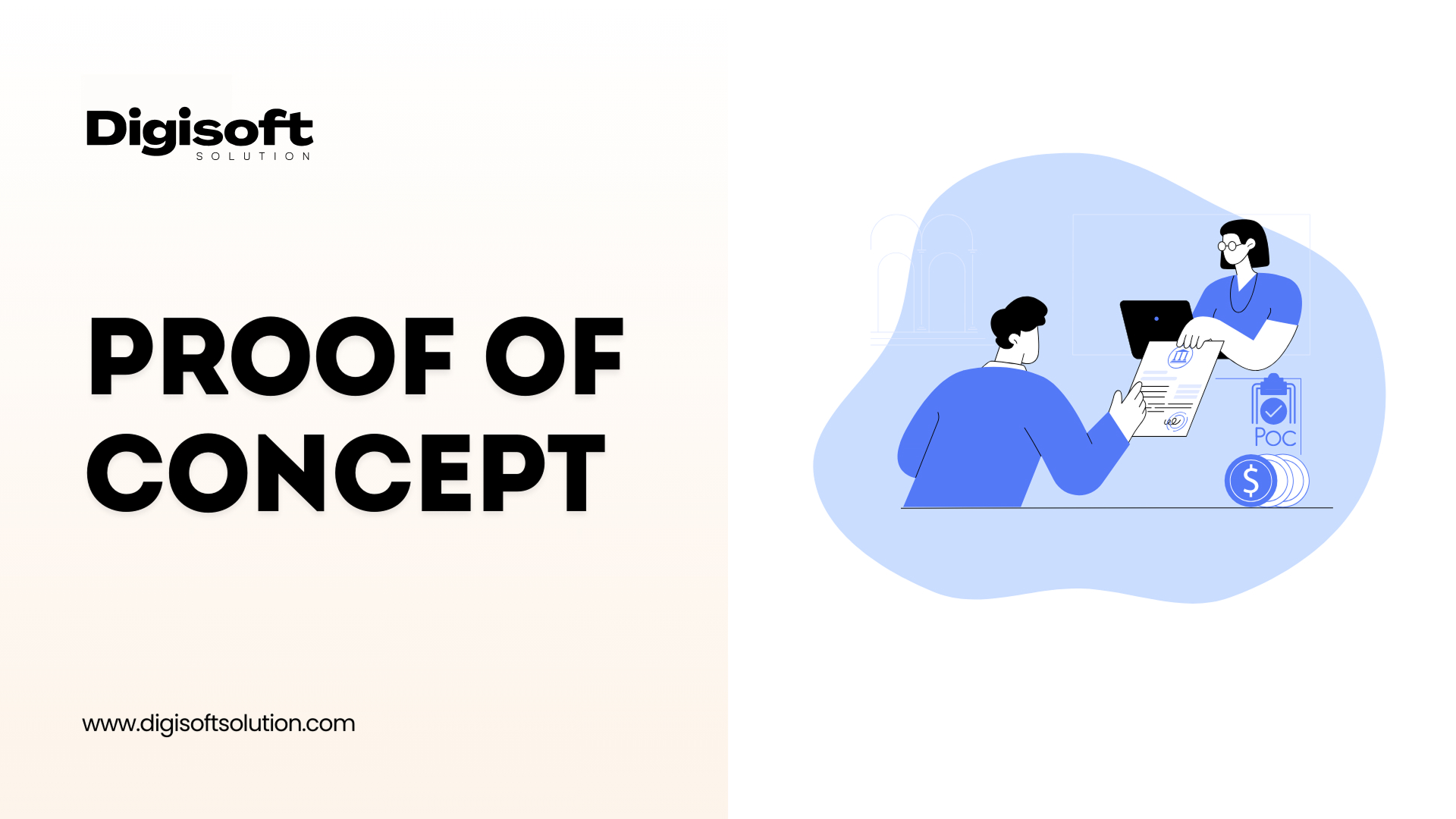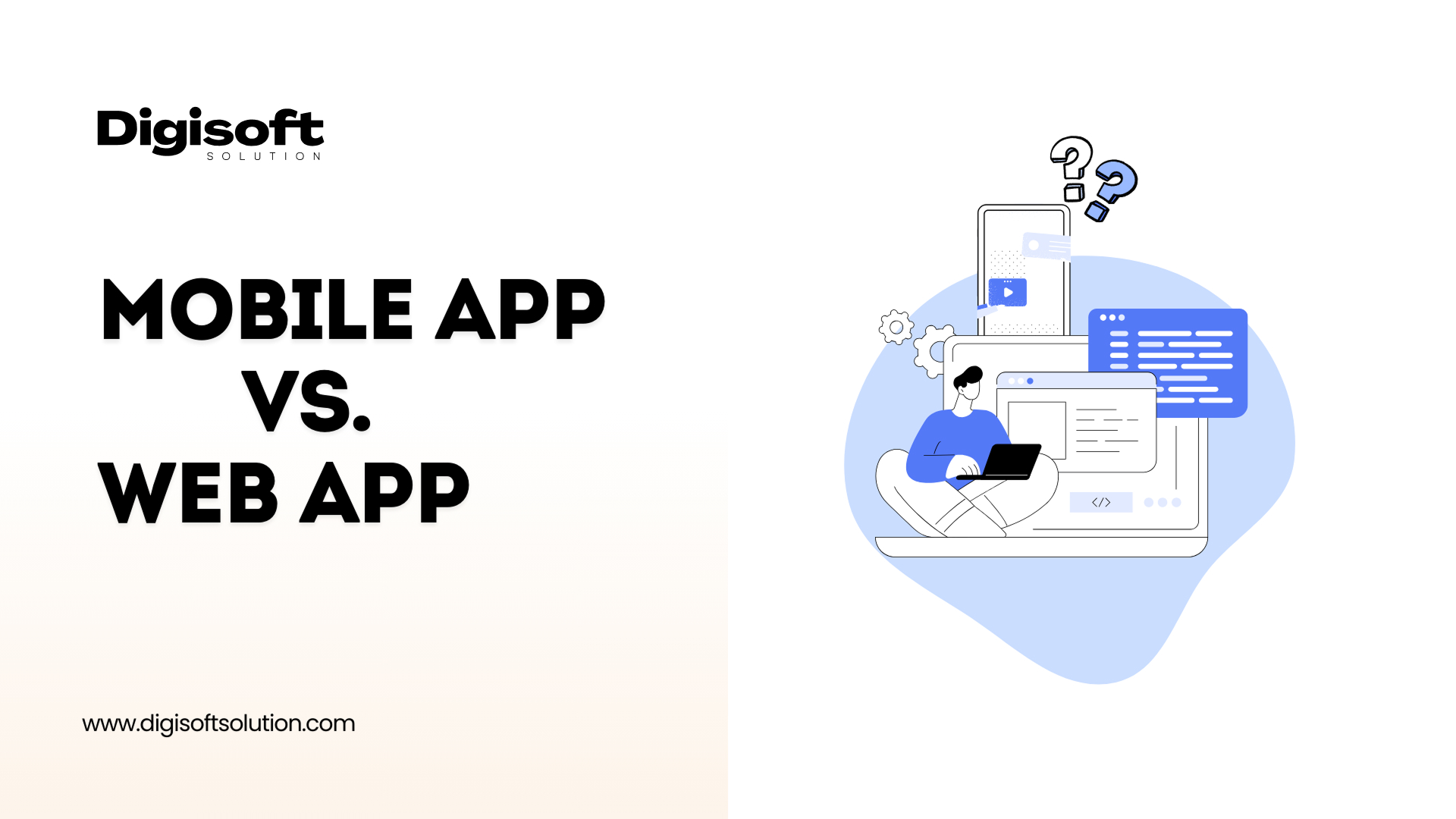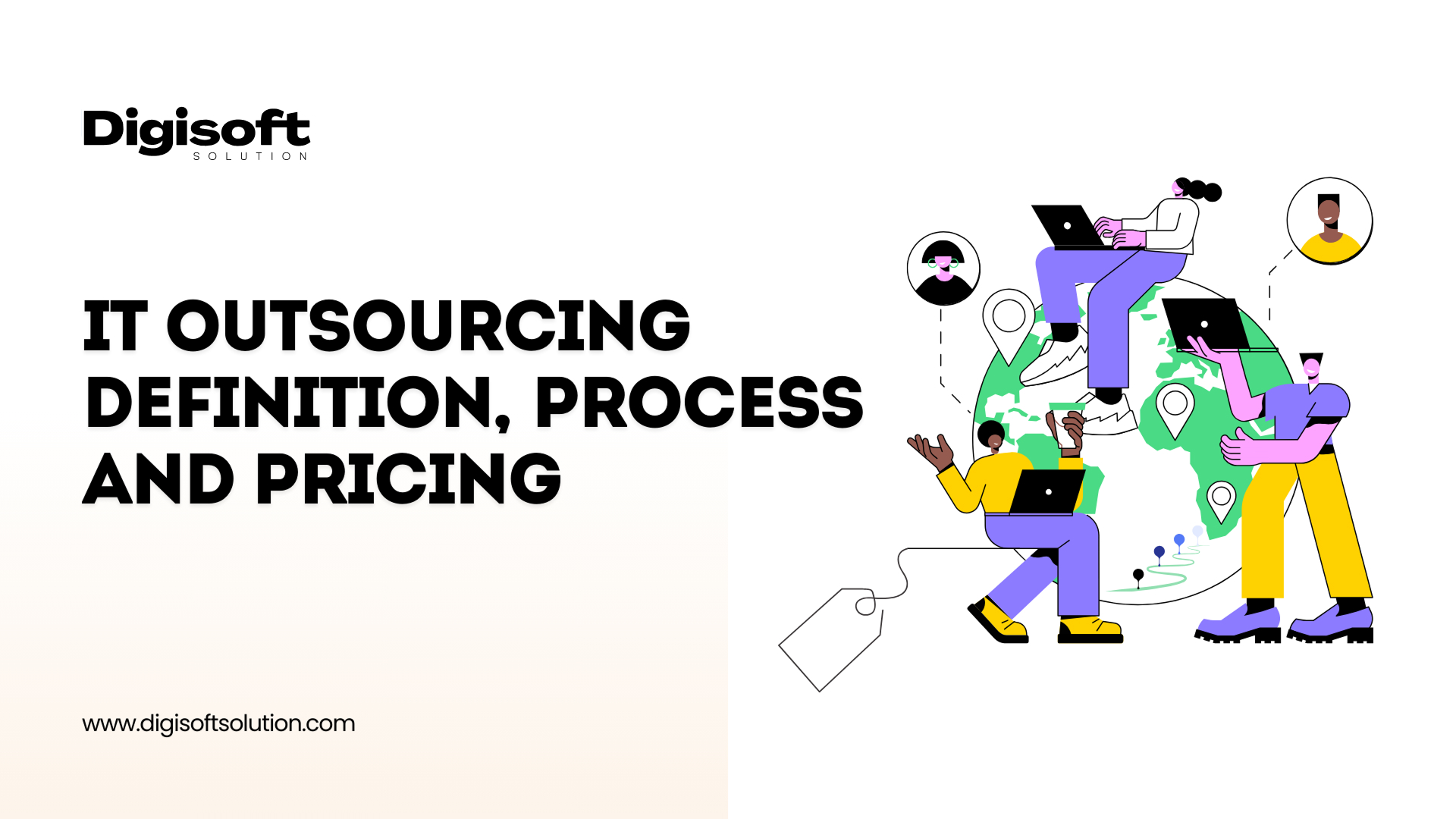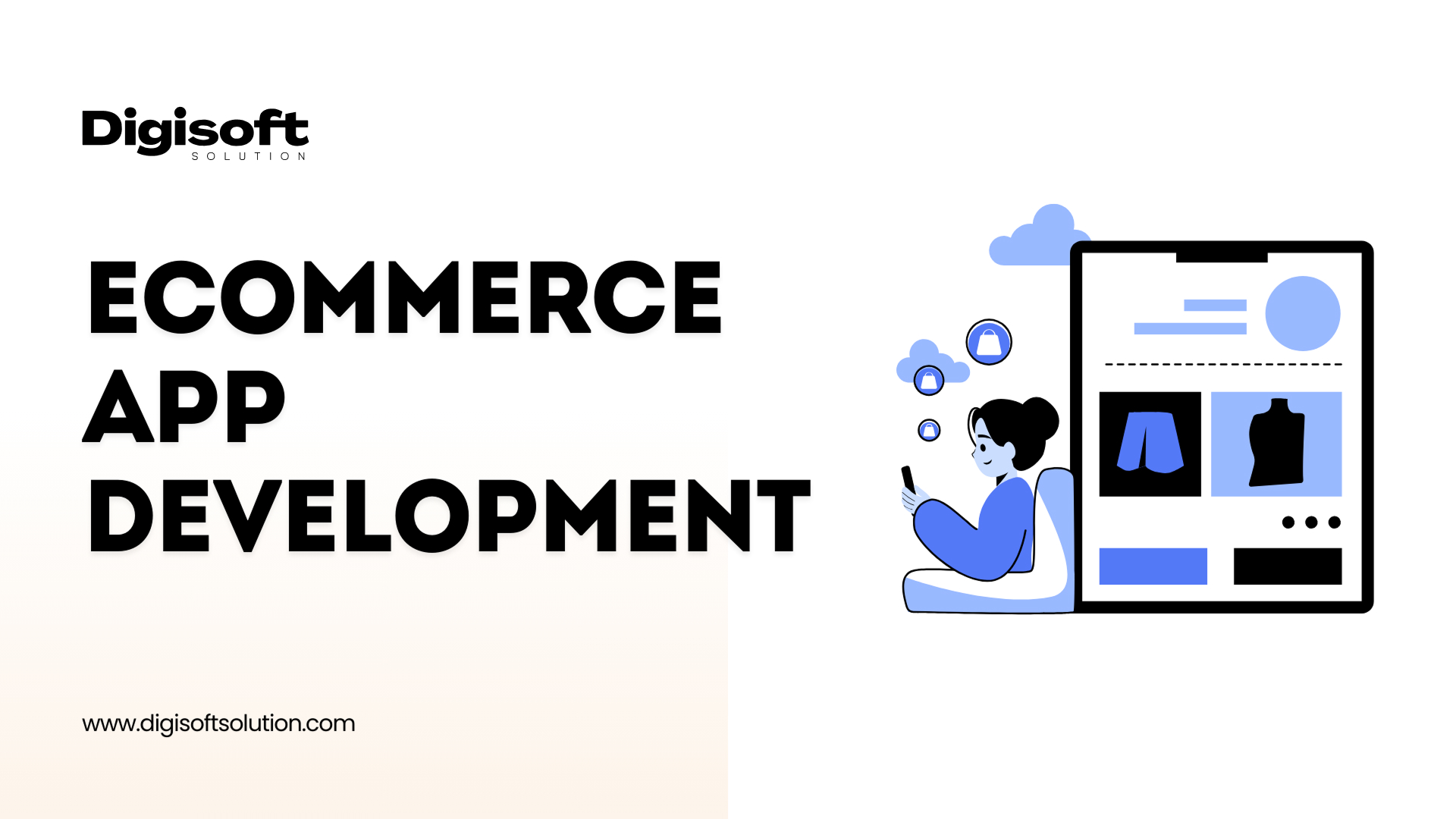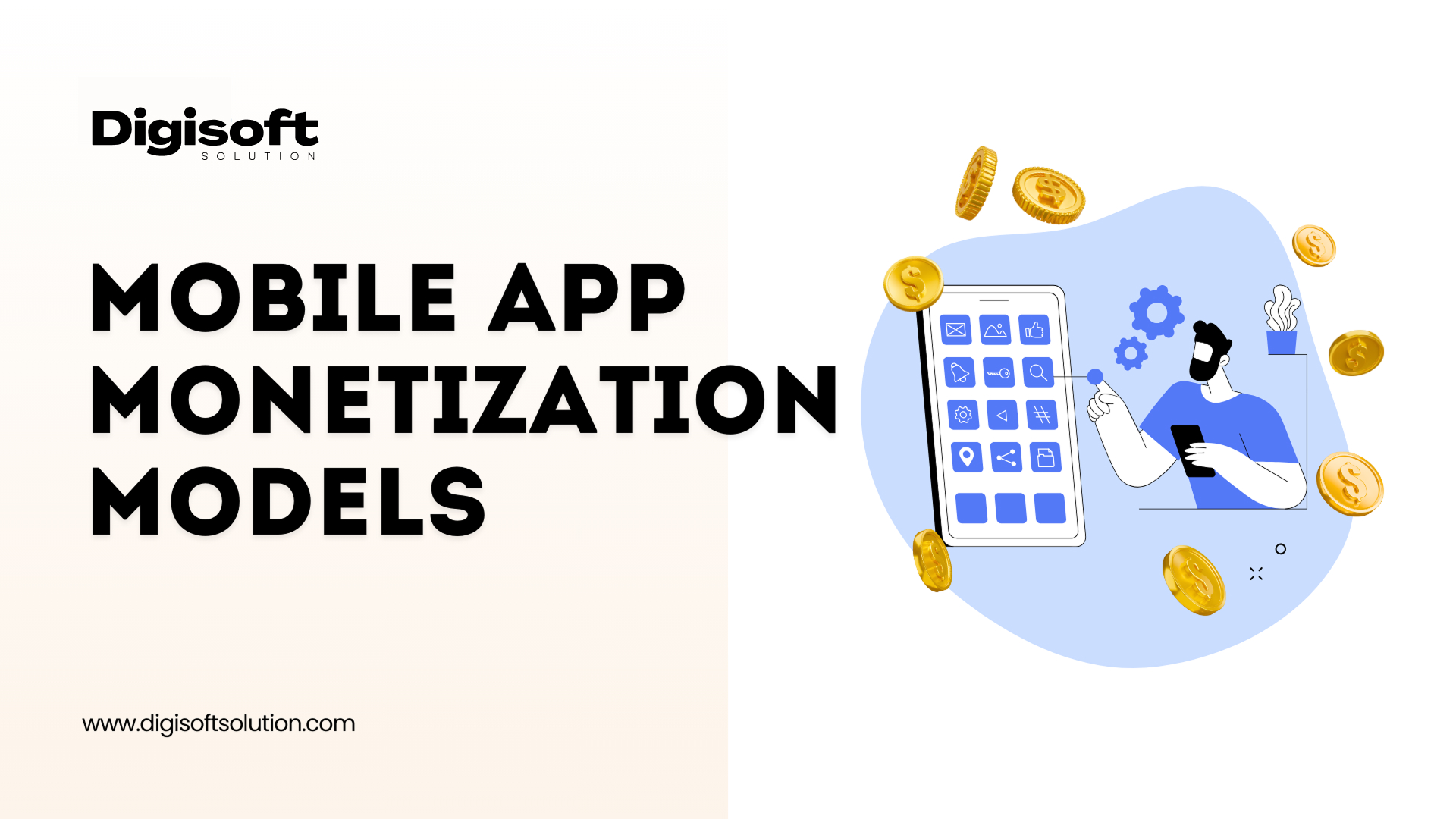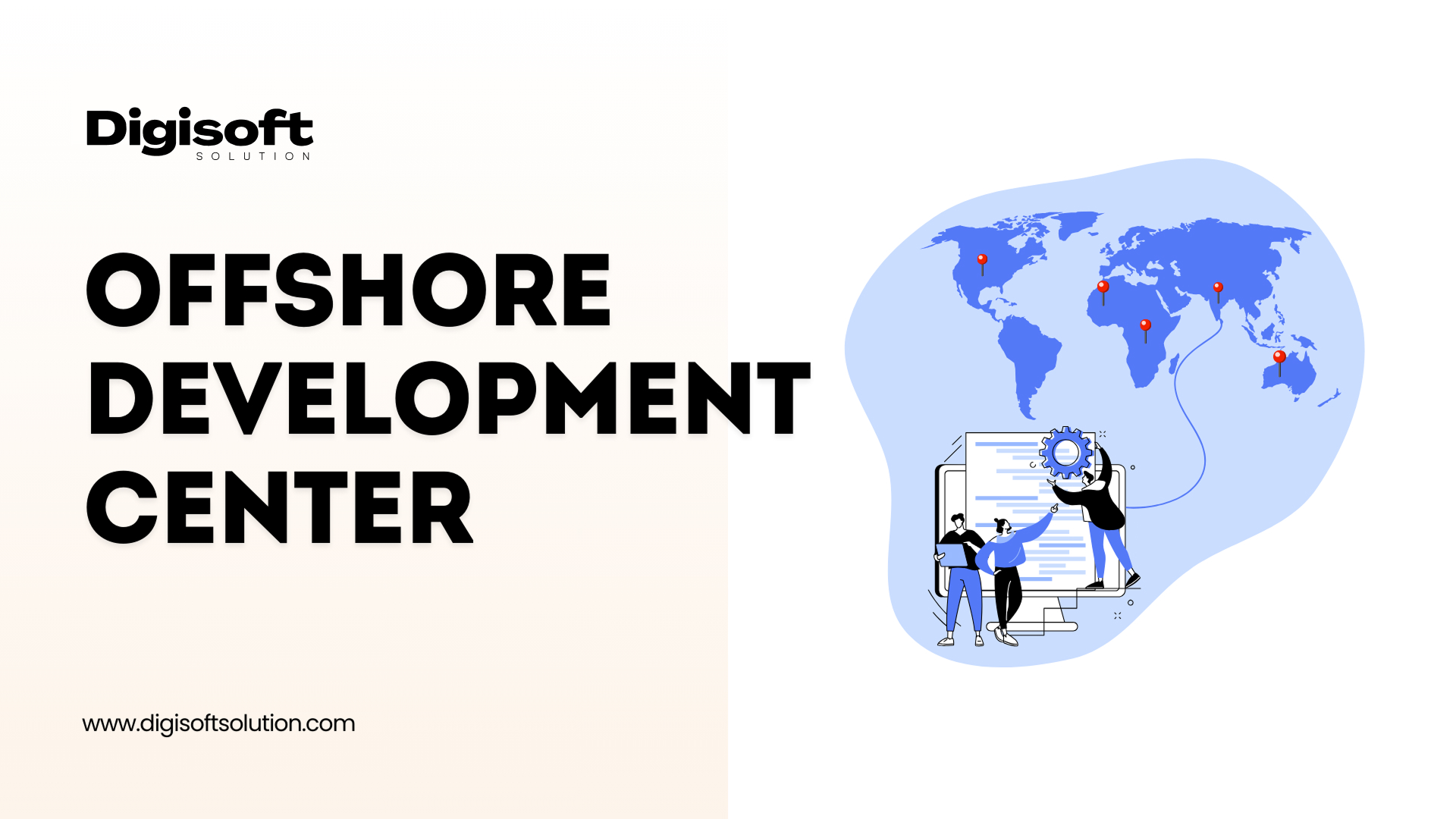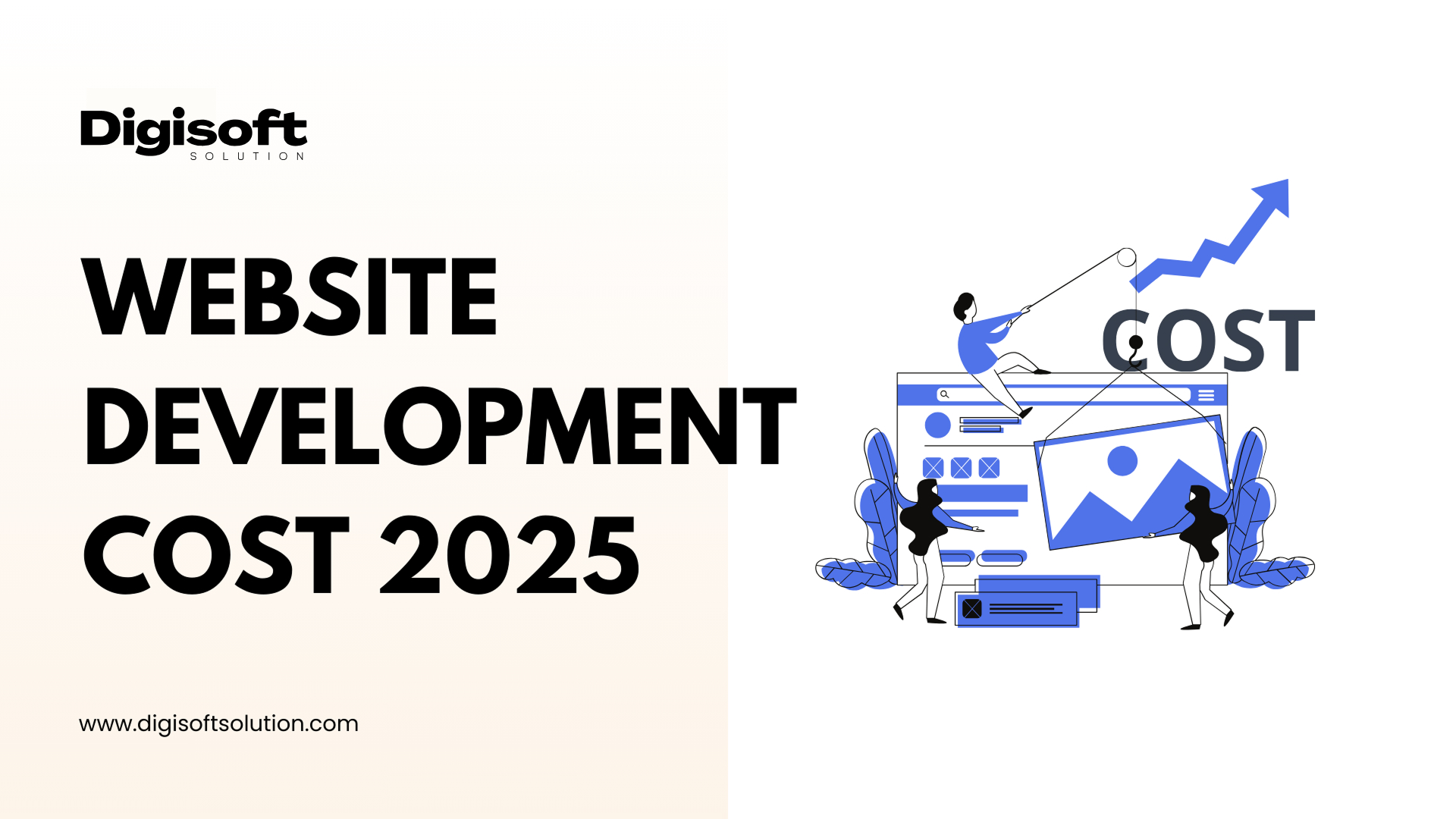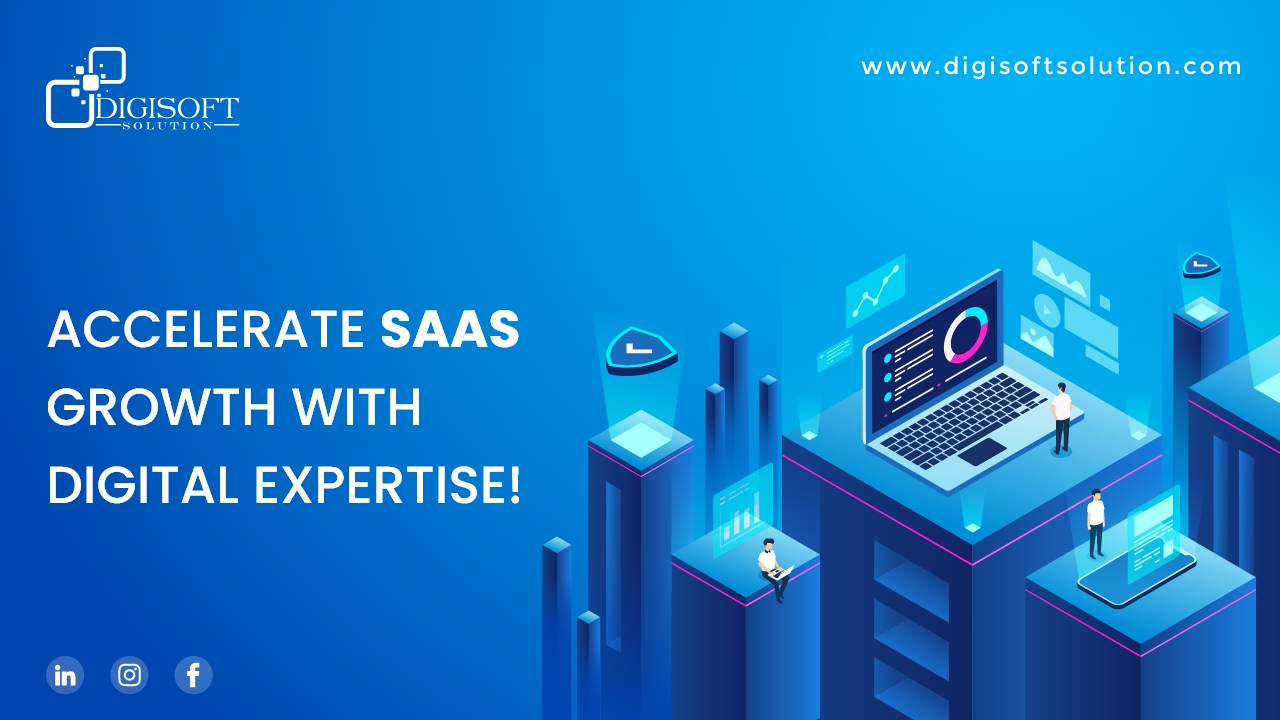Table of Content
- What is the Software Development Life Cycle (SDLC)?
- Why You Should Convert Your SDLC to SSDLC
- SDLC Process vs. SSDLC Process
- Secure Software Development Life Cycle Phases
- 1. Requirement Analysis Phase
- 2. Design Phase
- 3. Development
- 4. Planning Phase
- 5. Testing
- 6. Deployment
- 7. Maintenance and Monitoring
- 8. Disposal
- Models of SSDLC
- 1. Waterfall Model
- 3. Iterative Model
- 4. Spiral Model
- 5. V-Model
- 6. Big Bang Model
- Top Security Impediments in the Secure Software Development Lifecycle
- Conclusion
Digital Transform with Us
Please feel free to share your thoughts and we can discuss it over a cup of coffee.
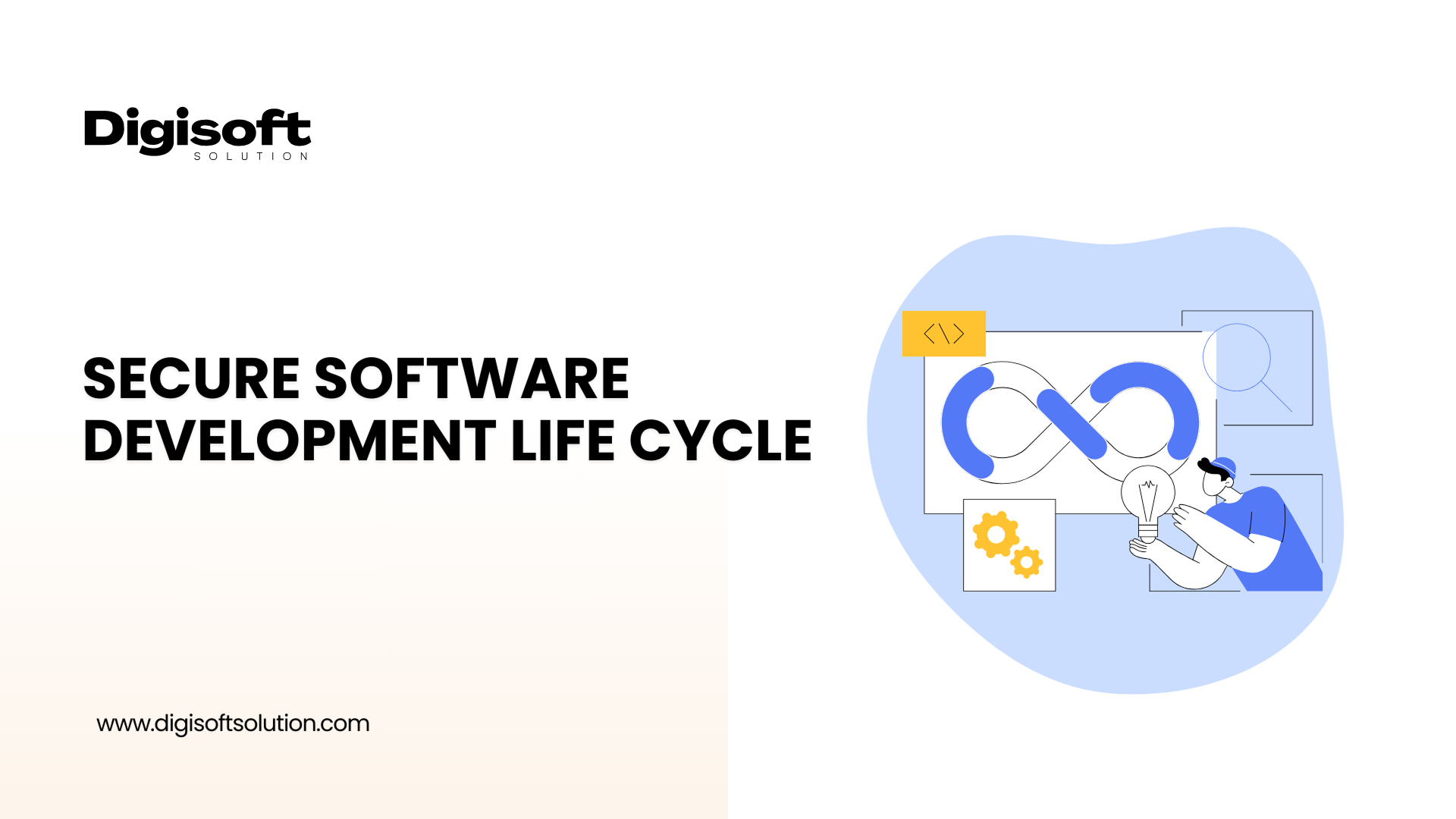
Software Development Life Cycle is a systematic approach to software development whereby the focus is on producing high-quality, secure, and efficient software. As types of threats evolve, security becomes a primary focus in every phase of the SDLC. For this reason, SSDLC has been formulated.
This blog will explain the processes in the software development life cycle, along with best practices, to improve security.
What is the Software Development Life Cycle (SDLC)?
The Secure Software Development Life Cycle (SDLC) is a structured approach that integrates security practices into every phase of software development, from initial planning and design through coding, testing, deployment, and ongoing maintenance. Its primary objective is to proactively identify, mitigate, and manage security risks, thereby reducing vulnerabilities and protecting software applications from potential threats.
By embedding security considerations early and continuously throughout the development process, organizations can ensure robust software security, achieve regulatory compliance, minimize costs associated with fixing vulnerabilities later, and enhance the overall trustworthiness and reliability of their software products.
Why You Should Convert Your SDLC to SSDLC
Almost half of all security breaches come from issues in code. But software has many other vulnerable areas, like APIs, open-source libraries, and application infrastructure. Modern advancements like cloud computing and microservices make these risks even bigger, increasing our reliance on external software and third-party components.
In the past, software testing was done after development to find problems. But now, this method is seen as outdated and ineffective for several reasons. Finding security flaws after the software is built takes more time because it interrupts the development process.
Some issues, like architectural flaws or mistakes in certain parts of the code, are harder to detect later. For example, if an internal API was accidentally exposed, a testing tool might not even catch it unless specifically instructed to do so.
Since engineers play a key role in building software, they should be encouraged and equipped to create it securely. Studies have shown that applying security measures early in development significantly reduces risks and ensures that every software release is trustworthy.
SDLC Process vs. SSDLC Process
The regular software development process grants functional software as output. A Secure software development life cycle process, on the other hand, integrates security with each phase of its existence. The differences include the below
| SDLC Process | SSDLC Process |
| Focuses on functionality and performance | Integrates security measures at each phase |
| Security measures implemented post-development | Security is a continuous process from requirement gathering to maintenance |
| Uses standard development tools | Uses software development life cycle tools with security features |
| Testing is primarily for functional bugs | Security testing is a priority in every phase |
| Less emphasis on compliance | Ensures regulatory compliance and security best practices |
Secure Software Development Life Cycle Phases
The phases of the software development life cycle play an imperative role in the life cycle of software development. Security measures must be applied in every phase so that the developed software can be trustworthy and dependable.
1. Requirement Analysis Phase
This phase is about the gathering of business and technical requirements ensuring that the software/service meets the user needs. Security issues have to be considered regarding
- Security Requirements: Identify compliance laws (e.g. GDPR, HIPAA) and application, specific security threats.
- Risk Assessment: Evaluate the possible security risks and identify the required security levels for the application due to its usage and threats.
2. Design Phase
The software development life cycle design phase specifically addresses defining the system architecture against the security threats that were discovered. Major security means include
- Security Architecture: Users of the software should be capable of handling cryptography, authentication, and access control.
- Secure Design Patterns: Employ secure development practices to prevent specific vulnerabilities like SQL injection and cross-site scripting (XSS).
- Threat Modeling: When possible, security threats are identified, evaluated, and addressed prior to implementation.
3. Development
Developers code according to the design specs laid out. Secure coding practices include
- Secure Coding Standards: Follow OWASP Secure Coding Practices to identify and prevent potential security risks.
- Code Reviews: Manual and automated reviews will allow the discovery of security flaws.\
- Static Application Security Testing (SAST): SAST tools are integrated early to help in identifying vulnerabilities.
4. Planning Phase
Project managers define the scope, objectives, timelines, and required resources during this phase. Security considerations include:
- Threat Modeling: Identifying and considering security threats early on.
- Risk Management: Setting out strategies for mitigating possible security risks.
5. Testing
Quality Assurance teams test the software for functionality and security to find and fix issues before it goes live.
- Dynamic Application Security Testing (DAST): It simulates attack attempts to locate runtime vulnerabilities.
- Penetration Testing: It is used to discover security flaws possibly missed by the automated tools.
- Security Regression Testing: Checks that new updates don’t create new security issues.
6. Deployment
Software released for users or production must have proper security measures.
- Environment Hardening: Apply security patches, set up firewalls, and disable unnecessary services.
- Secure Configuration Management: Keep security settings consistent from development to production.
- Incident Response Plan: Use monitoring and logging to detect and respond to security threats.
7. Maintenance and Monitoring
Security management should be ensured continuously for the long-term integrity of the software.
- Regular Updates & Patch Management: Keep software and dependencies updated with regular patches.
- Continuous Monitoring: Constantly check for security threats and respond in real time.
- Vulnerability Management: Run regular security scans and fix any issues found.
8. Disposal
Properly disposing of software at the end of its life is critical.
- Data Sanitization: Securely erase sensitive data from storage.
- Retirement Process: Safely shut down software and its infrastructure, ensuring no leftover data.
By including security at every stage of the SDLC, organizations create safe, efficient, and reliable software.
Models of SSDLC
SDLC models provide a structured approach for guiding a software development process through planning, initiation, and analysis-to the very end. The following are some of the most common models:
1. Waterfall Model
Waterfall is a sequential linear process, where each phase is entered upon completion of the previous. Each of the phases is Requirements, design, implementation, verification, deployment, and maintenance.
- Advantage: Easy to understand as simple and applicable to clearly-identified stages of web development and its progress is verifiable.
- Disadvantage: Once set, design document alterations could be costly and lead to time overruns, thereby not suitable for a project with changing requirements.
2. Agile Model
In Agile, iterative and incremental processes are used to ensure continuous testing of feedback and improvement throughout the life cycle of software development. Basically, the project works on smaller, manageable time frames called "sprints."
- Advantage: Rapid changes to requirements, time to market, growth, flow of communication, and continuous improvement.
- Disadvantage: Demands complete cooperative effort within the team, such projects may be most often impossible when the deadlines are ironclad or when requirements are strictly imposed.
3. Iterative Model
The iterative model is similar to Agile but runs for longer periods. It follows a strict approach with short software increments. Each iteration runs over more or less just the same steps as the Waterfall model, and each iteration refines the software a little bit further.
- Advantage: This model allows changes in requirements. Feedback and improvements are key features, making it ideal for projects with evolving needs.
- Disadvantage: It is time-consuming due to multiple iterations and requires good project planning and management.
4. Spiral Model
The Spiral model integrates the technique of the waterfall and iteration approach. Attention is paid to risk management, performing scales in stages like planning, risk identification, and prototyping until it moves to the next iteration.
- Advantage: This method works well for high-risk projects, managing risks from start to finish while allowing flexibility and adaptability.
- Disadvantage: It can be difficult to manage and needs strong skills in risk assessment and management.
5. V-Model
The V-Model is another verification and validation model mapped parallel to the Waterfall model. In essence, each development phase (namely, requirements, design, coding, etc.) is applied in a paired relationship with the corresponding testing stage (verification and validation) in a parallel manner.
- Advantage: This leads to early and continuous testing, whereby bugs are identified and then tackled early in the life cycle. It is a very suitable method for projects that have stringent quality and safety requirements.
- Disadvantage: Just as with the waterfall model, the V-model can become rigid, allowing little room for adjustments to requirements as they change.
6. Big Bang Model
This is called the Big Bang model because it involves little to no planning. All development tasks happen together with minimal design or documentation. It works best for simple projects with few requirements.
- Advantage: That is really fast and the cost is low for small projects, almost no upfront planning required.
- Disadvantage: There is a high risk of failure because of little planning and management. It is not suitable for complex projects or those with strict requirements.
Top Security Impediments in the Secure Software Development Lifecycle
The implementation of SSDLC indeed comes with its trails:
- Security Awareness Training: If security training of developers and project teams is inadequate, security coding practices are by default neglected.
- Security vs.Speed: The agile development approach uses short development cycles, making it challenging to integrate security measures without slowing down the process.
- Inconsistent Security Policies: Organizations may struggle to maintain consistent security policies, leading to gaps between projects and teams.
- Third-Party Risks: Because third-party tools, APIs, and libraries may have security flaws that hackers could take advantage of, using them can put your security at risk.
- Cyber Threat Evolution: The changing phase of cybersecurity threats commands constant updating, monitoring, and adaptation to new attract vectors and vulnerabilities.
Conclusion
An effective Software Development Life Cycle forms the backbone of efficient and reliable software with secure applications. With the introduction of security at each development stage, it becomes possible to deal with vulnerabilities. Such solutions have compliance, which creates trust among users. The constant rise in security threats means we need to move from checking for issues at the end to actively preventing them throughout the process.
At Digisoft Solution, we enable business leaders to put in place one secure and effective Secure Software Development Life Cycle that conforms to industry standards. Ready to remotely develop secure software? Call us today!
Digital Transform with Us
Please feel free to share your thoughts and we can discuss it over a cup of coffee.
 Kapil Sharma
Kapil Sharma


 Parampreet Singh
Parampreet Singh


